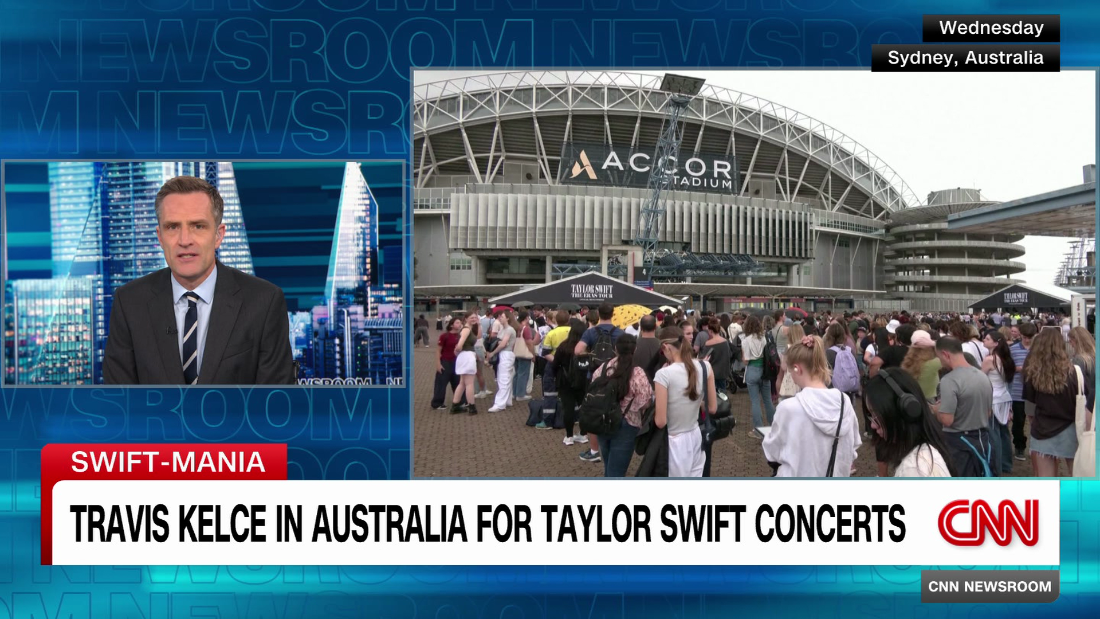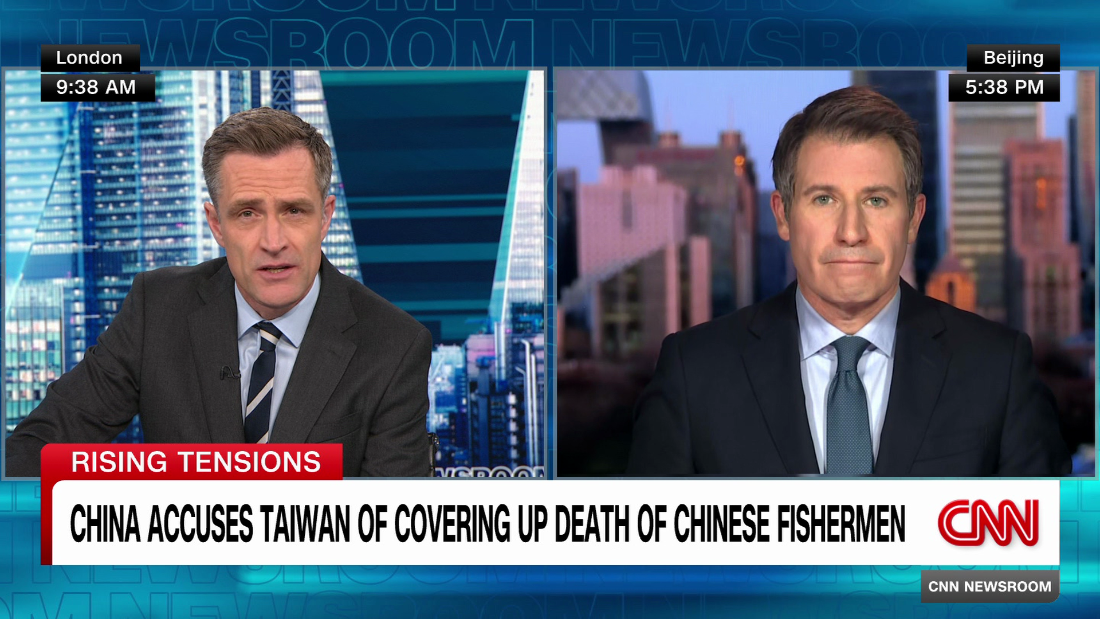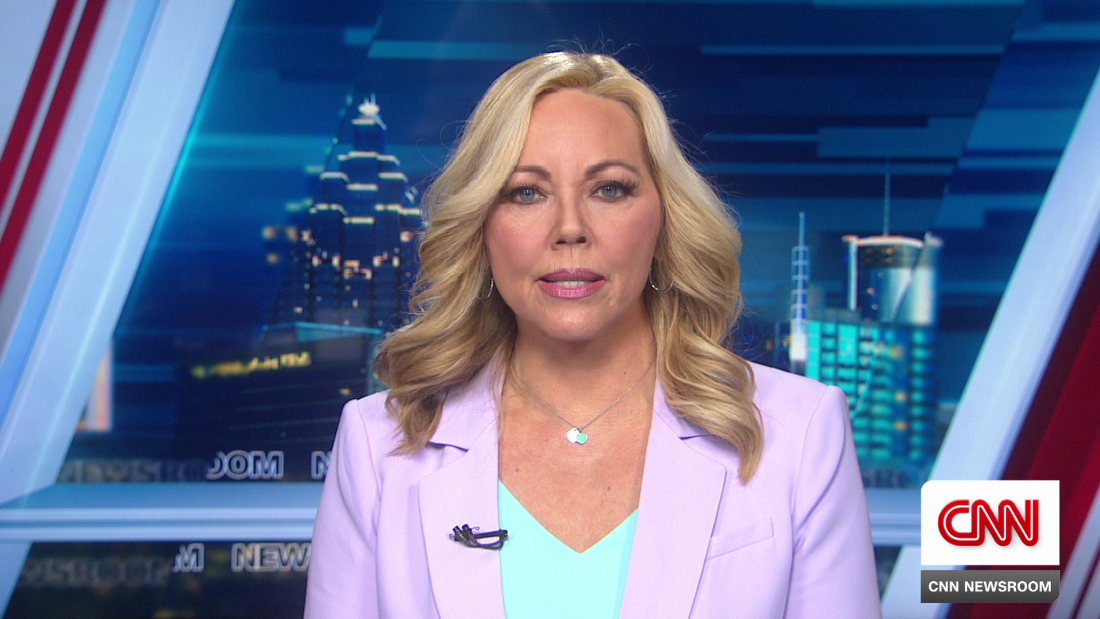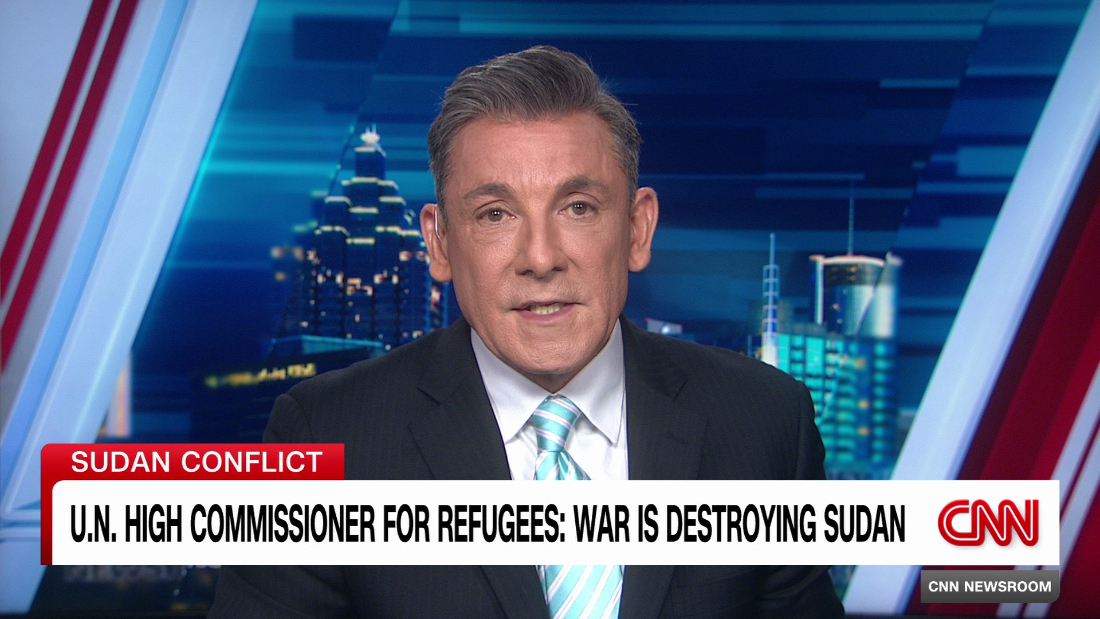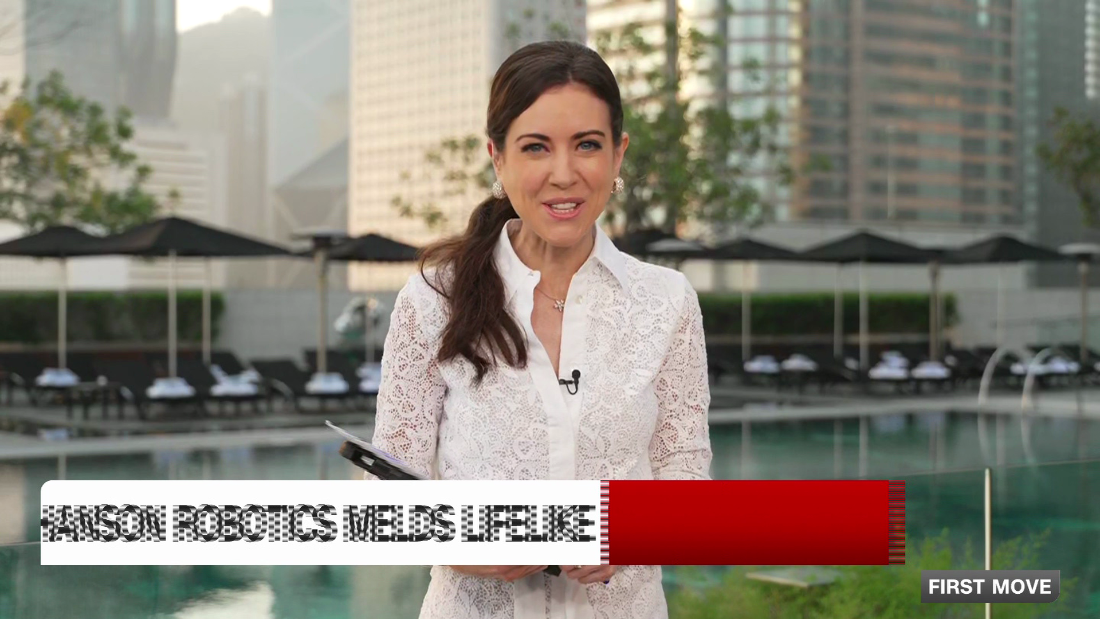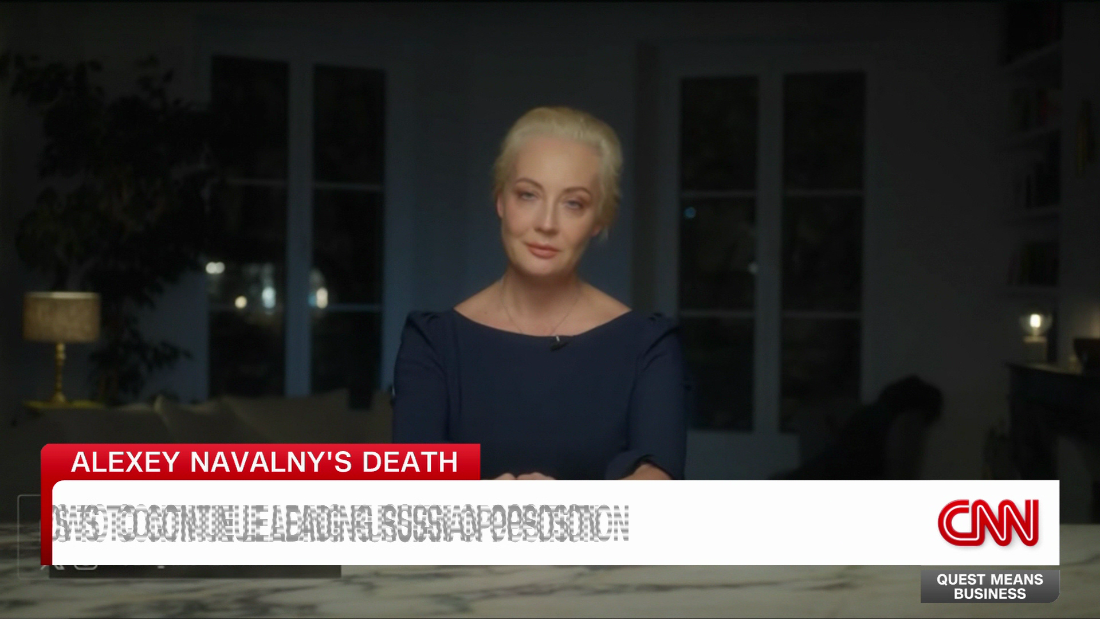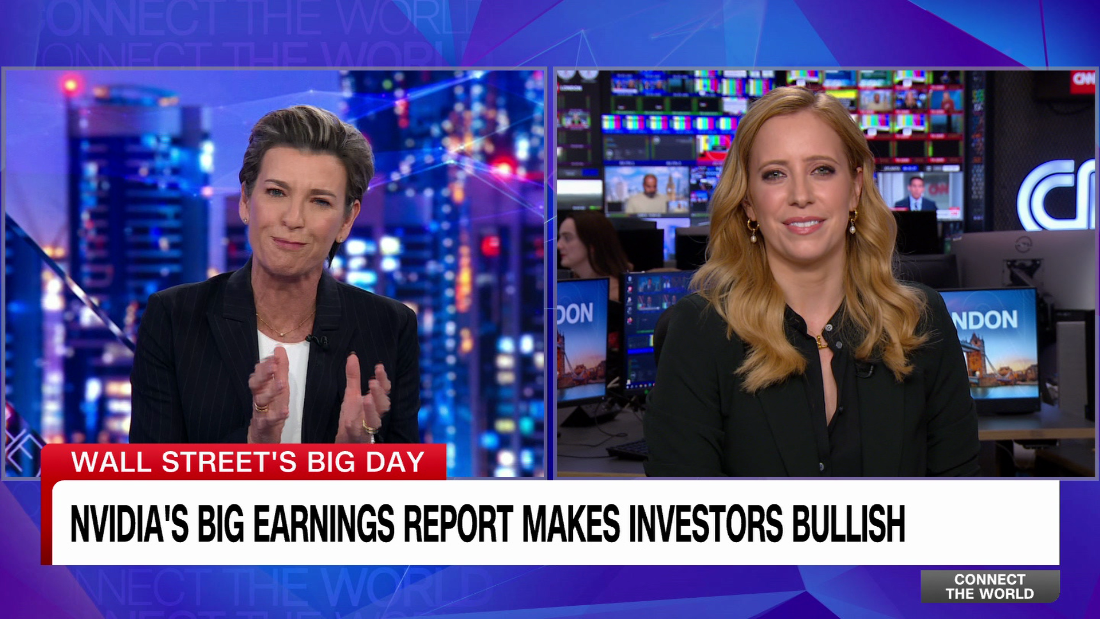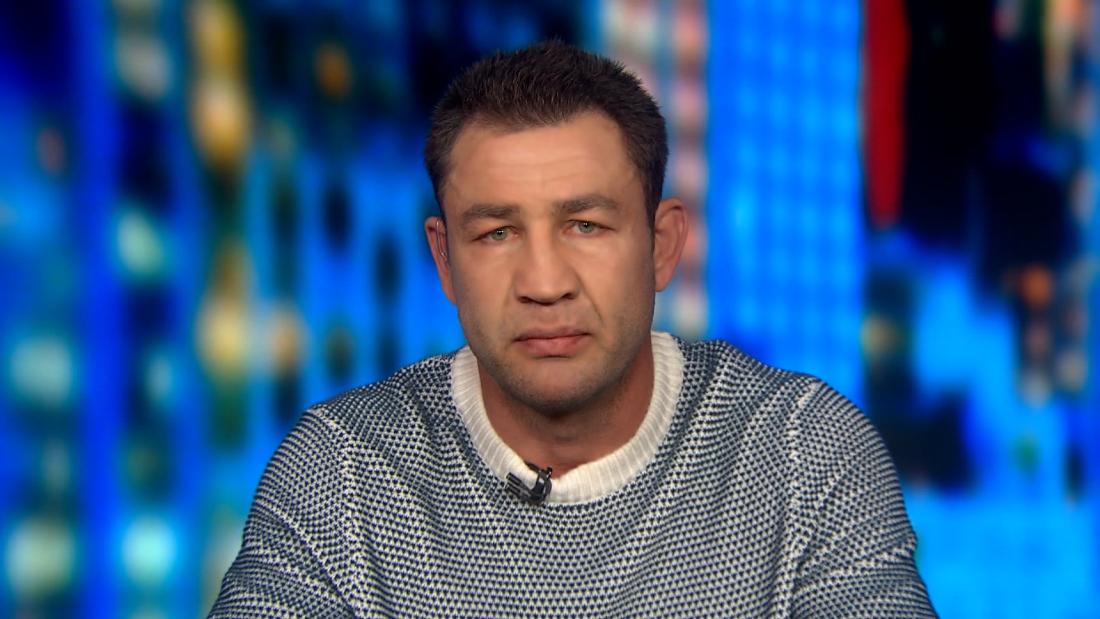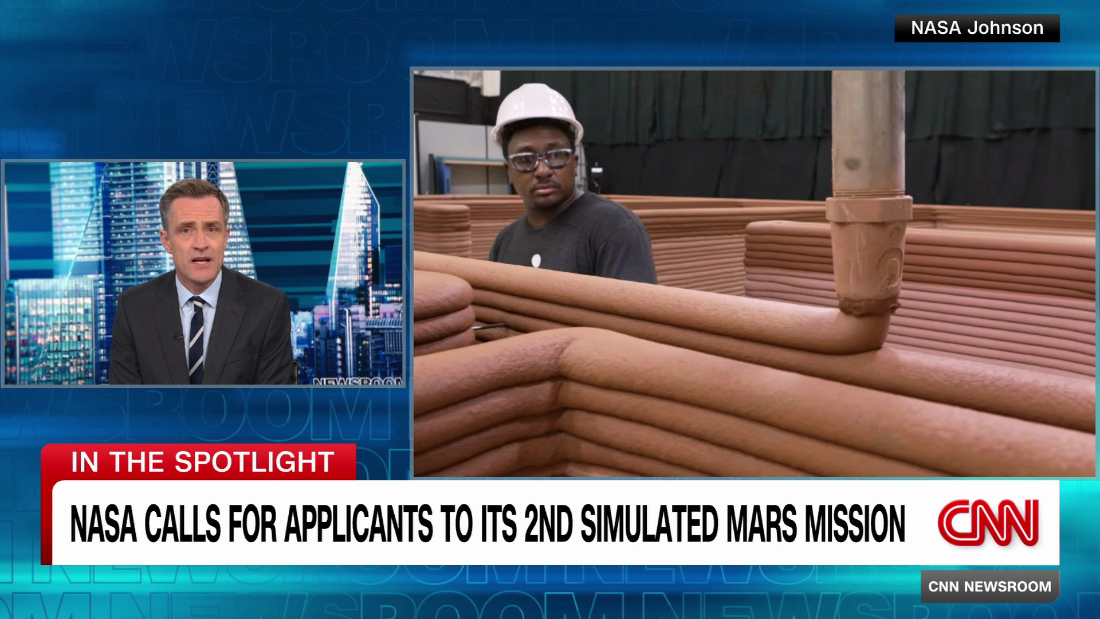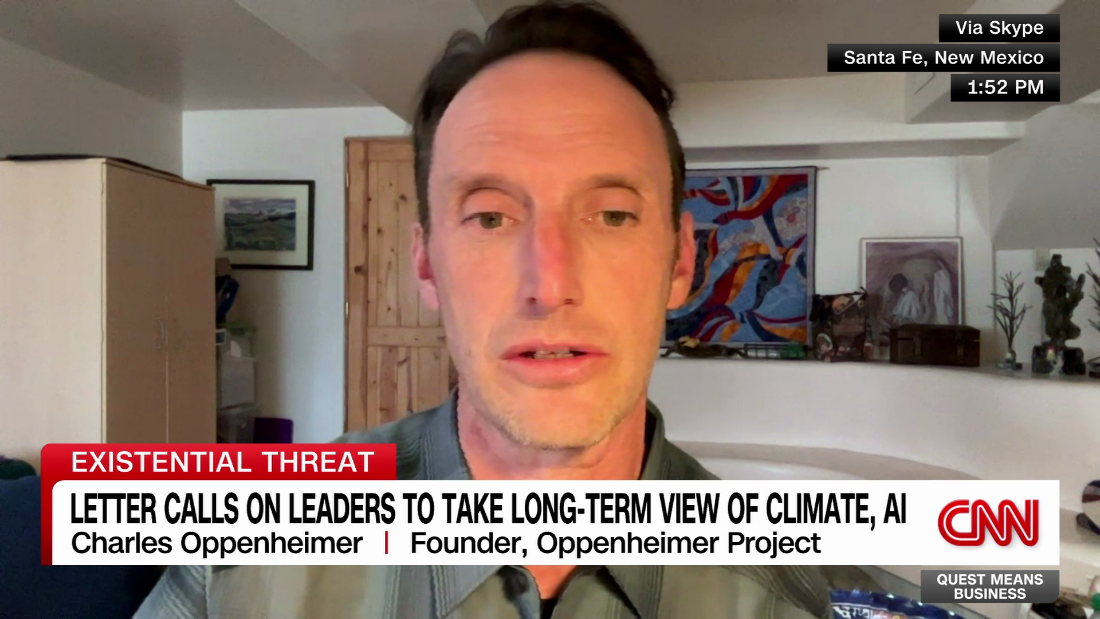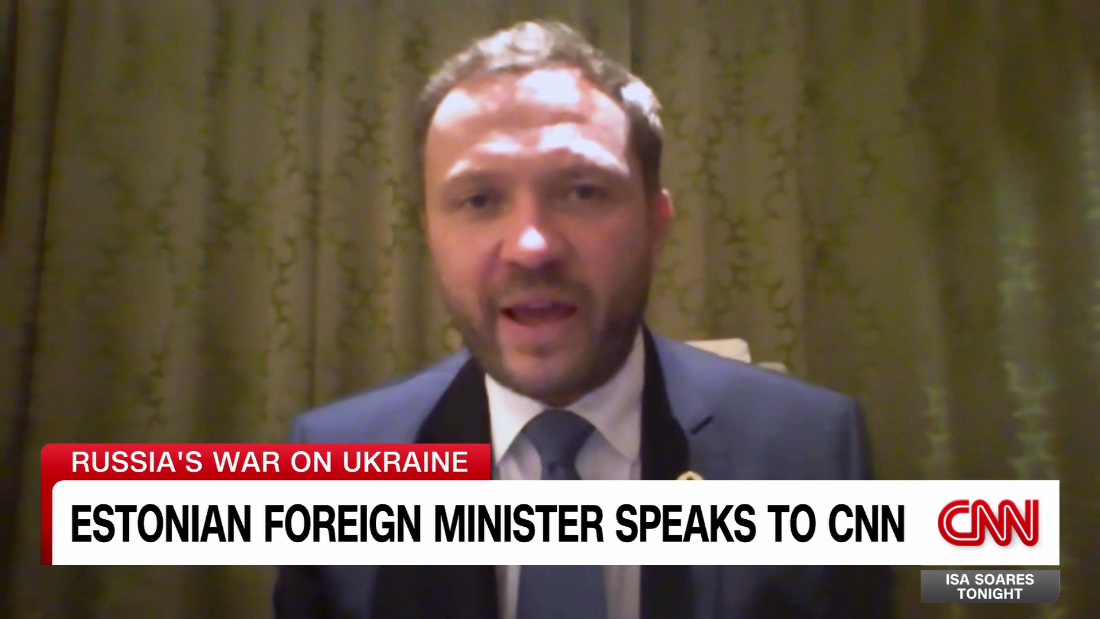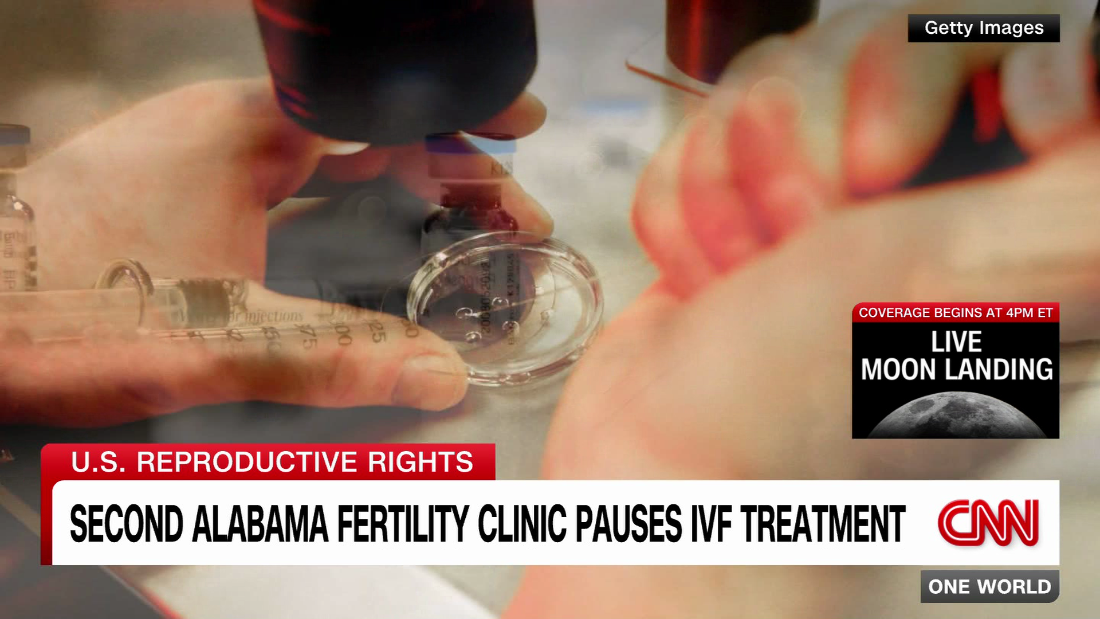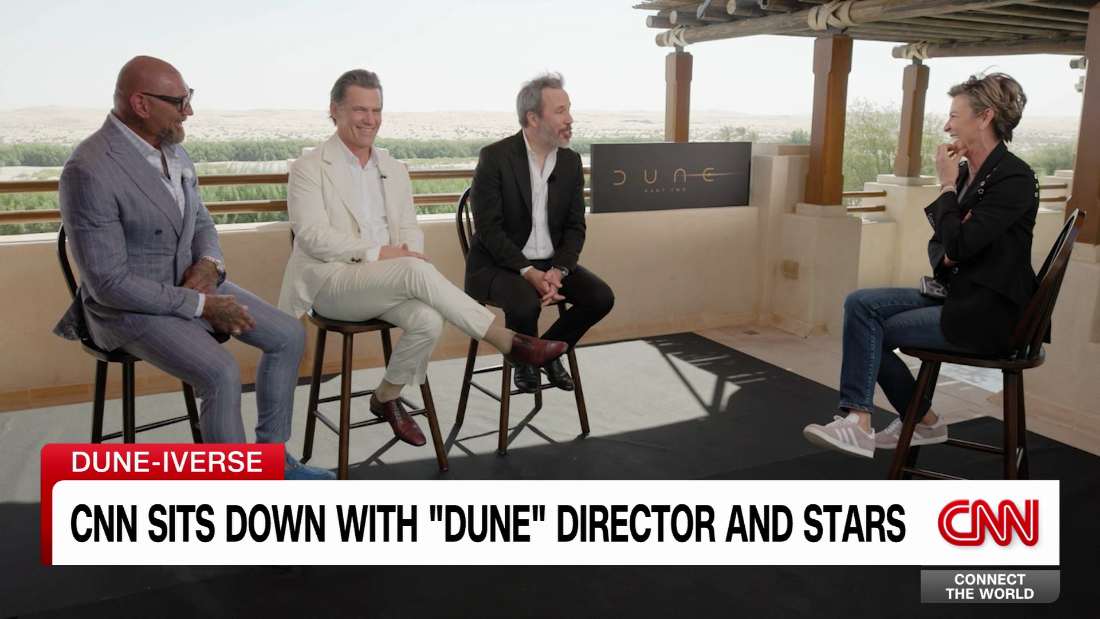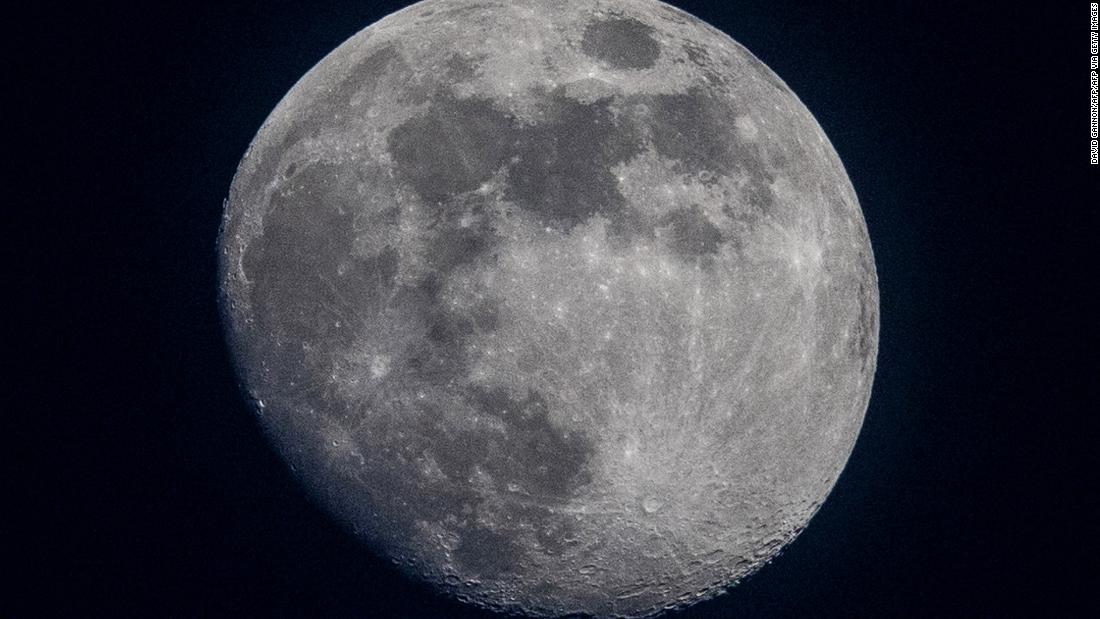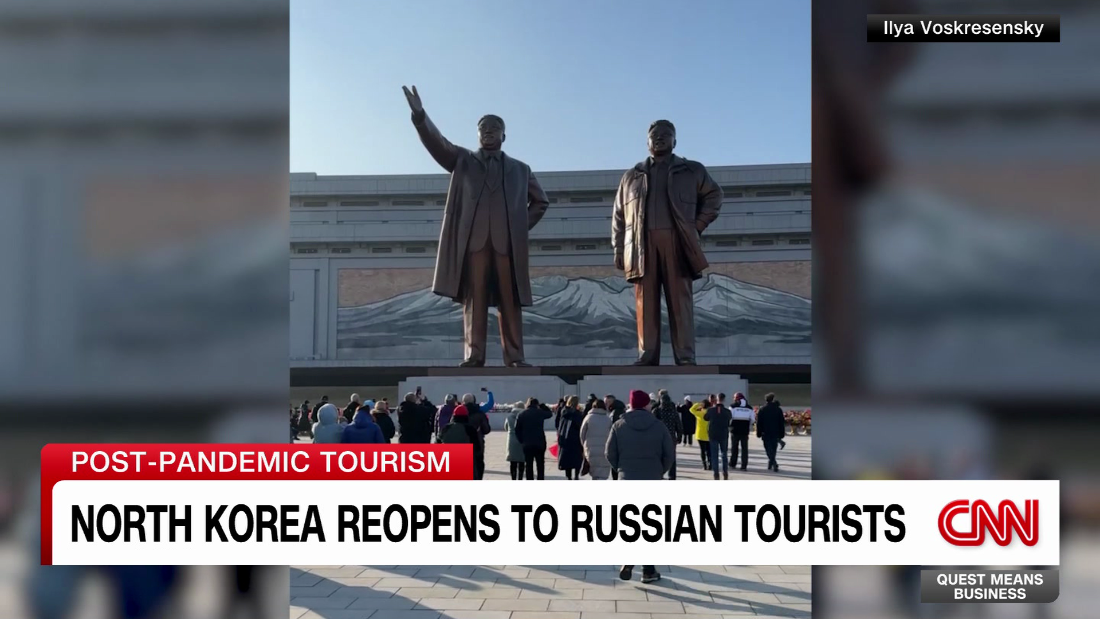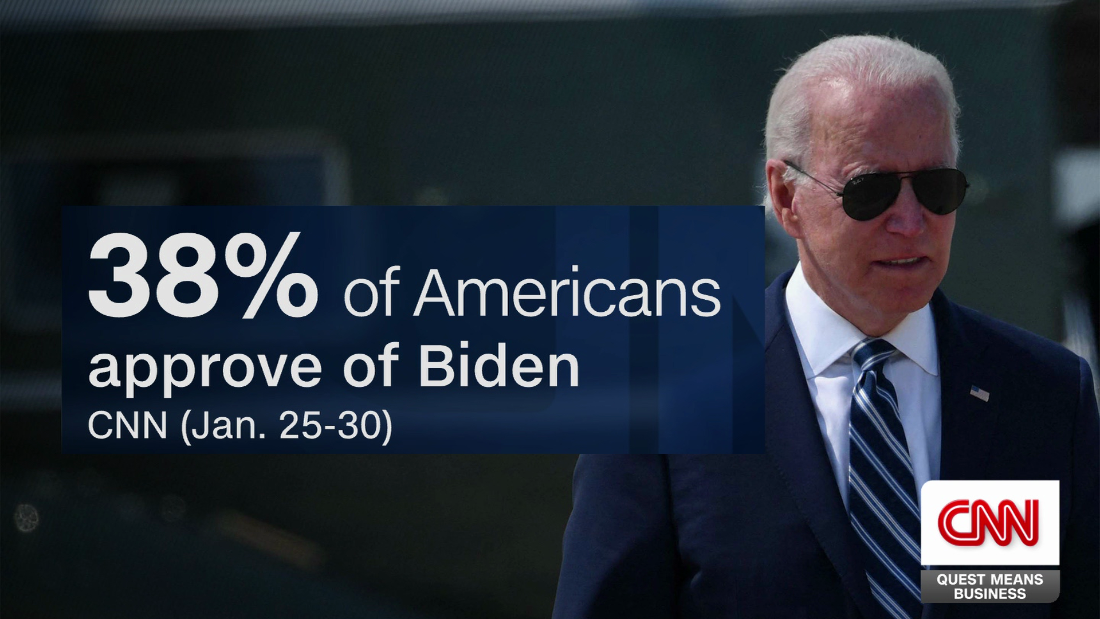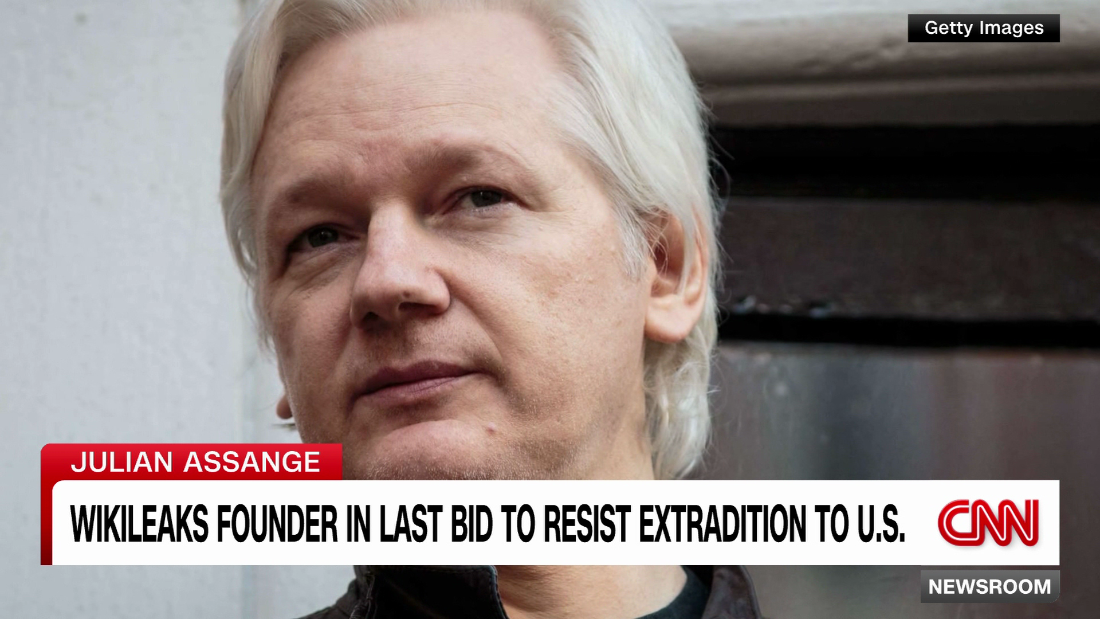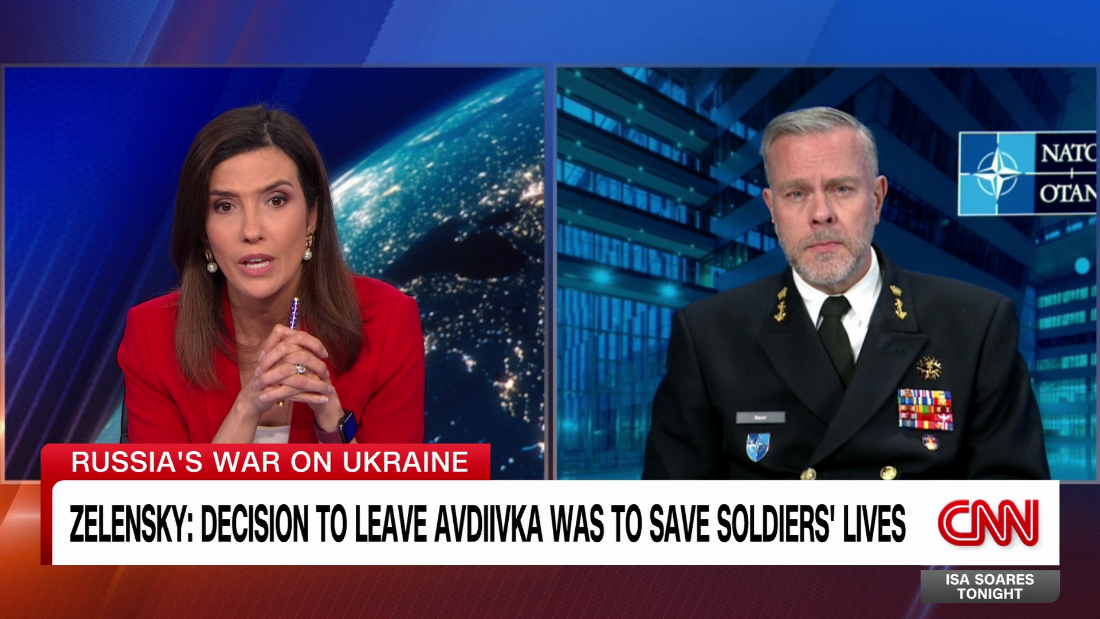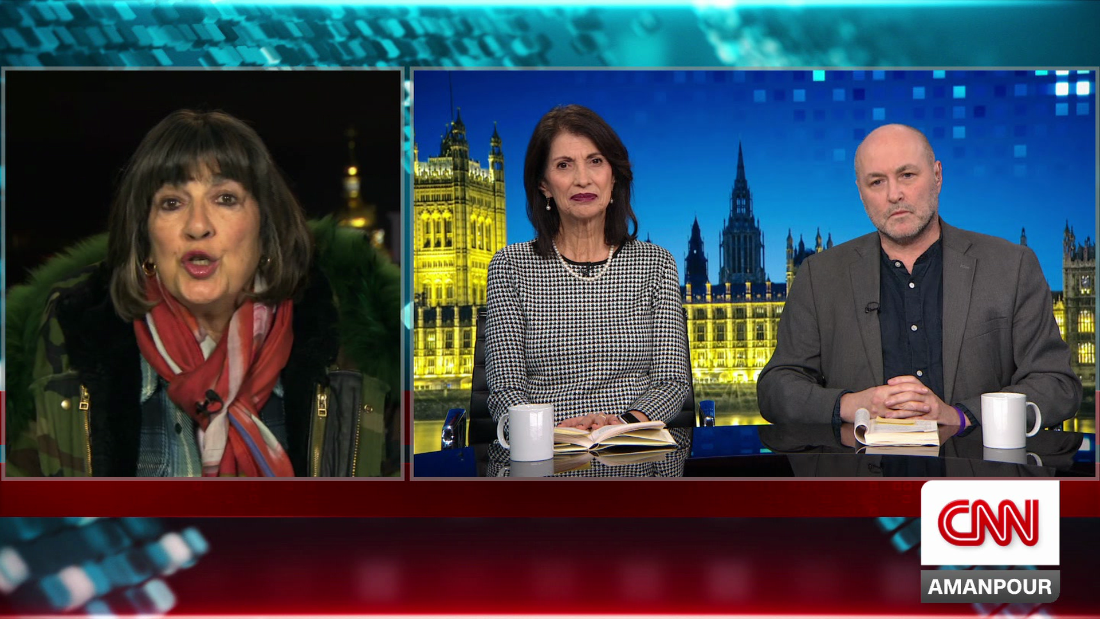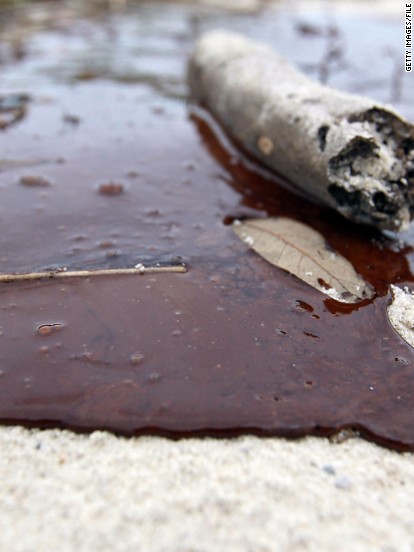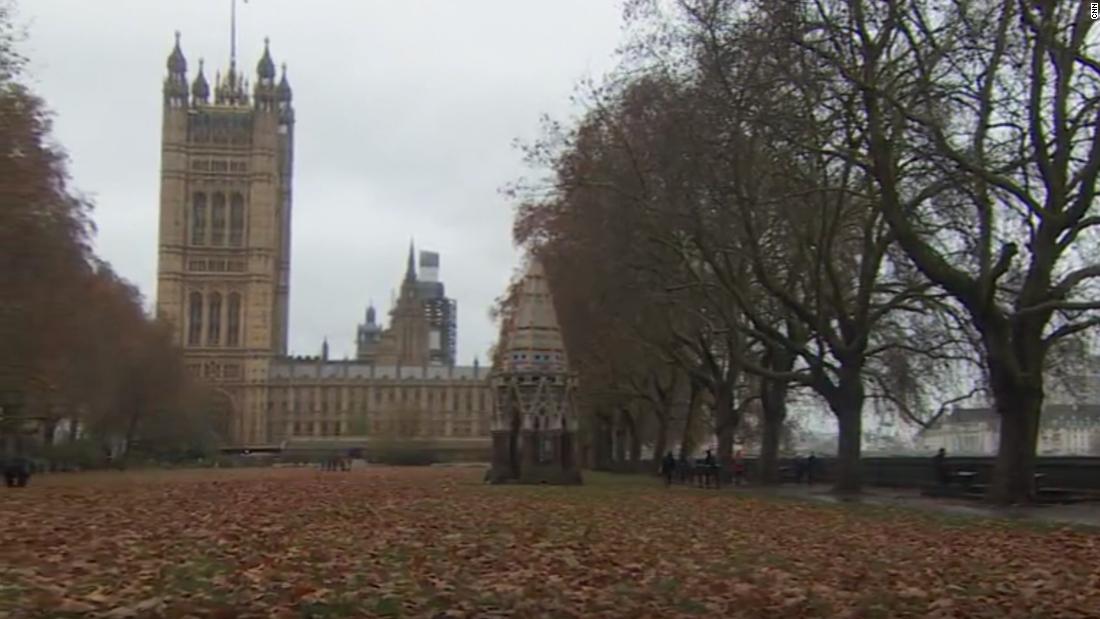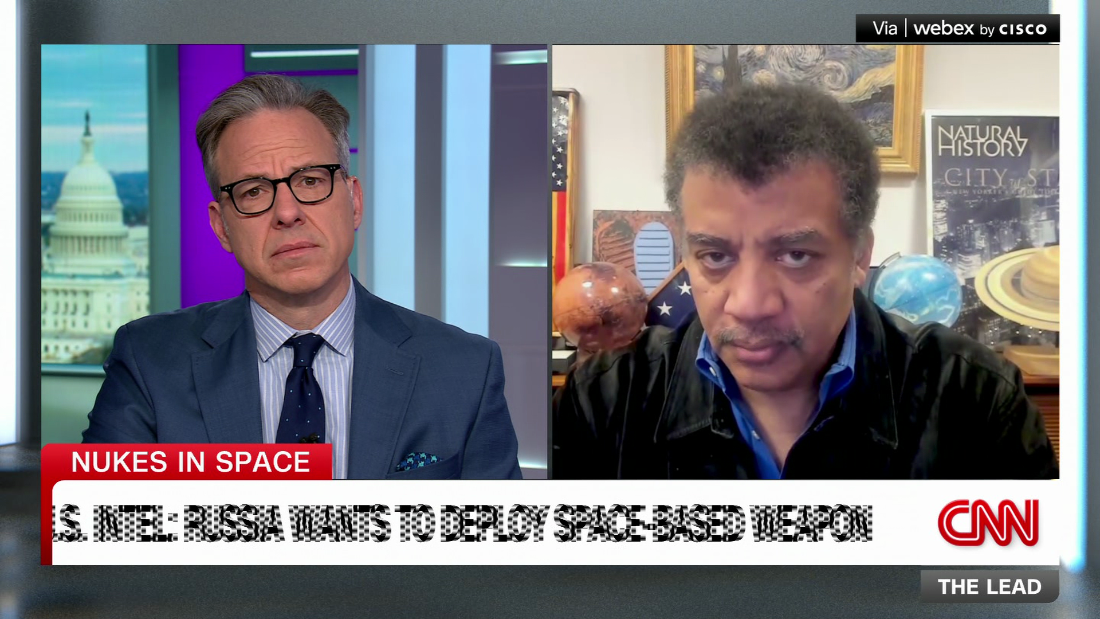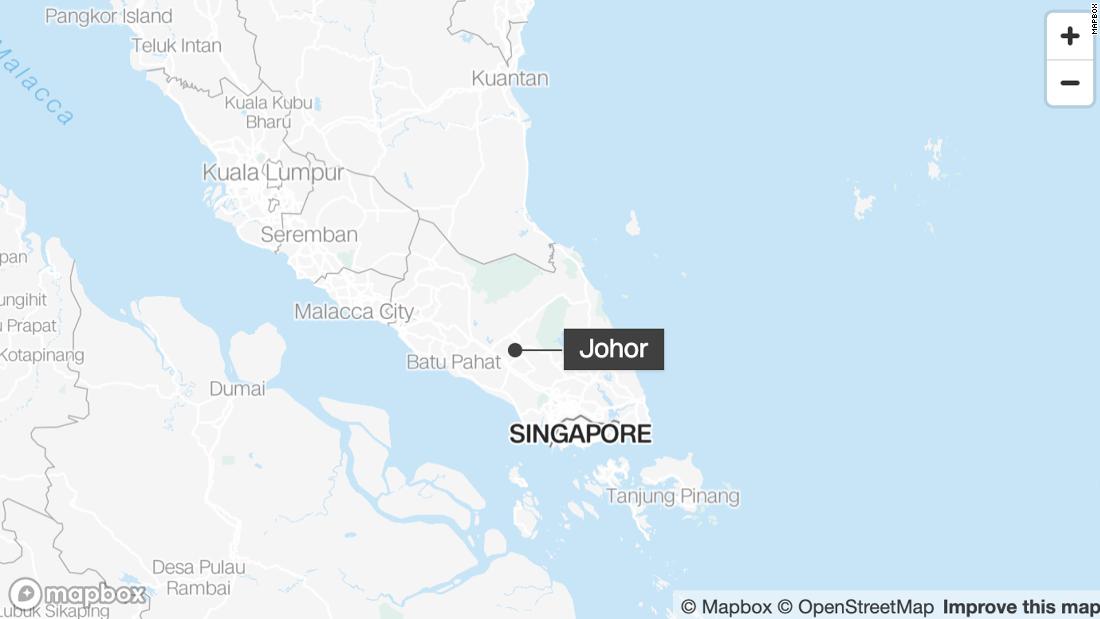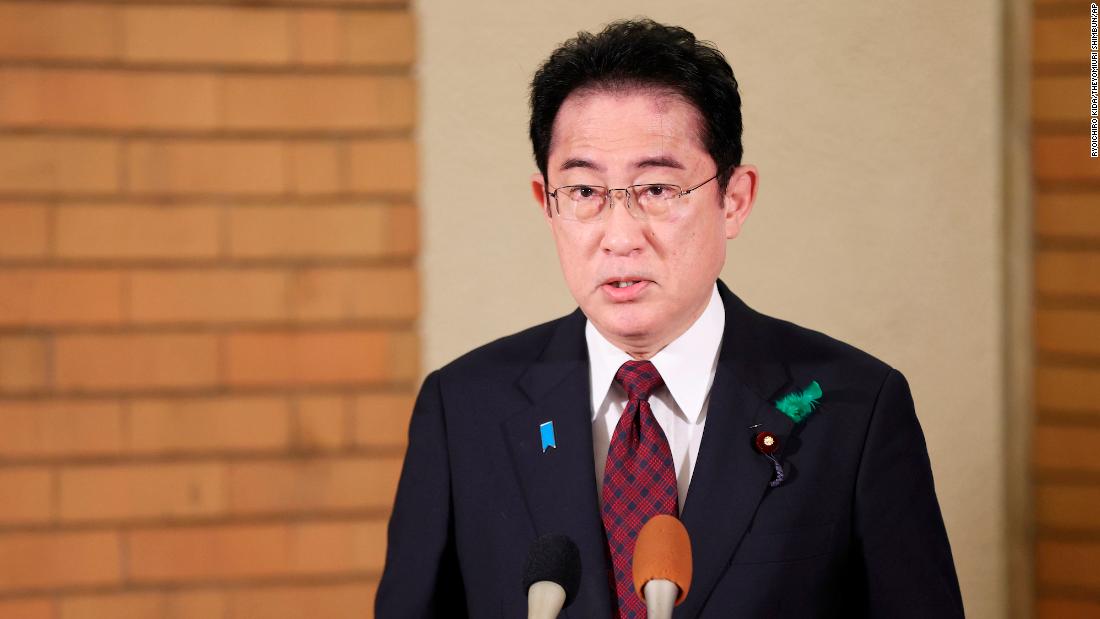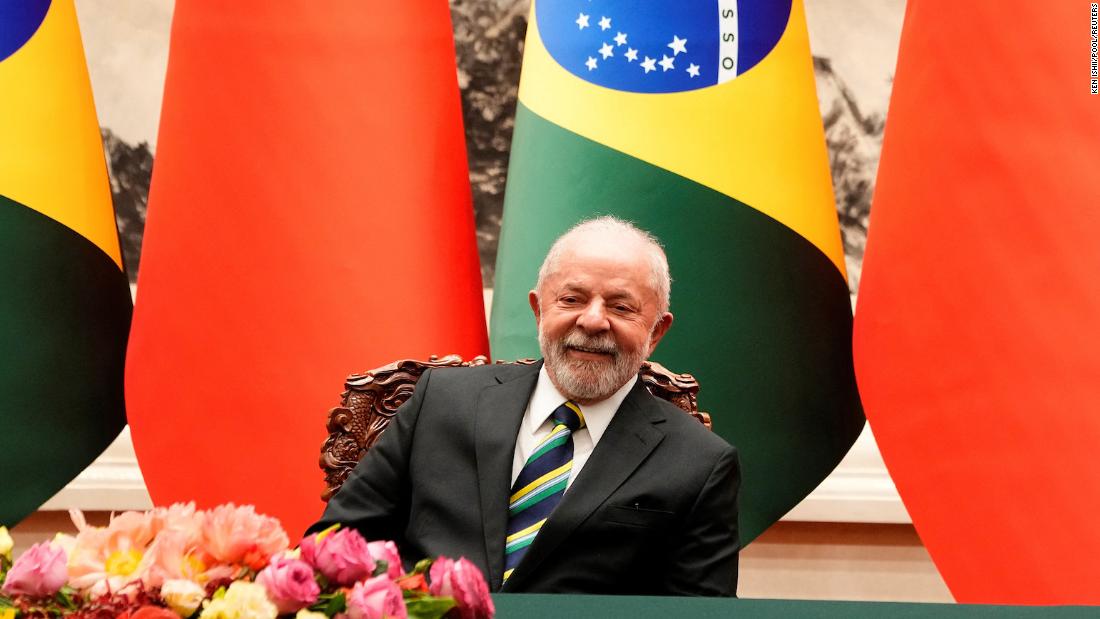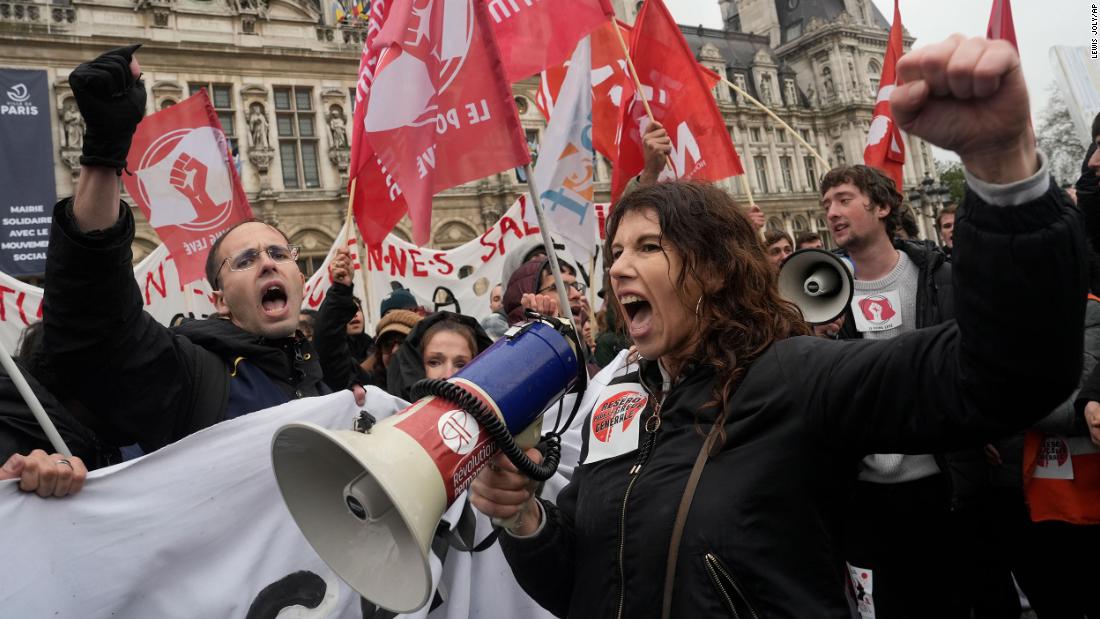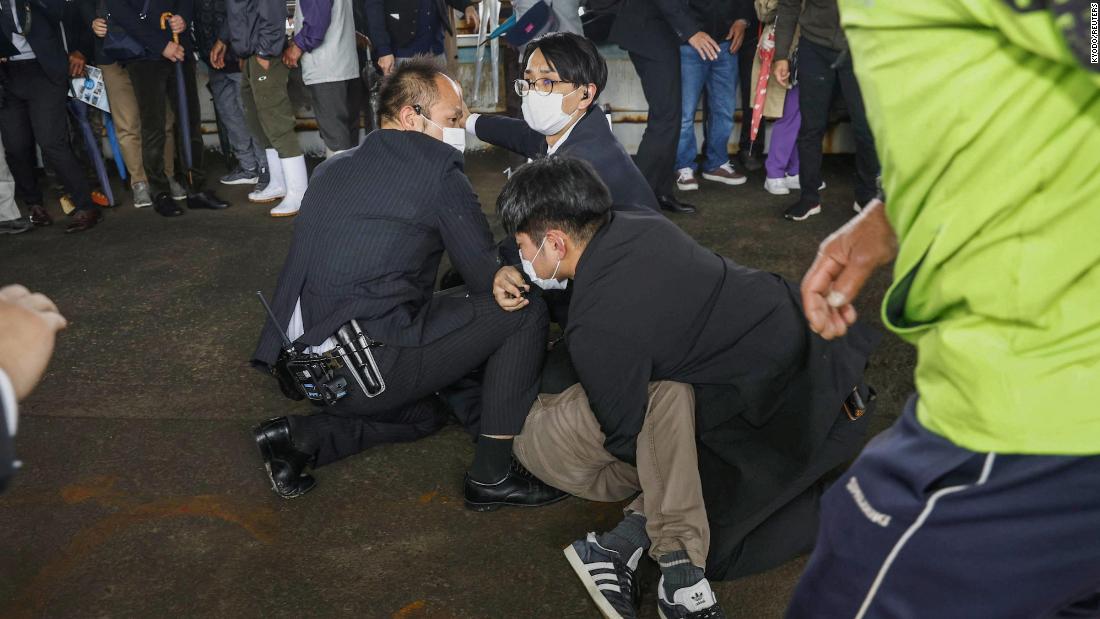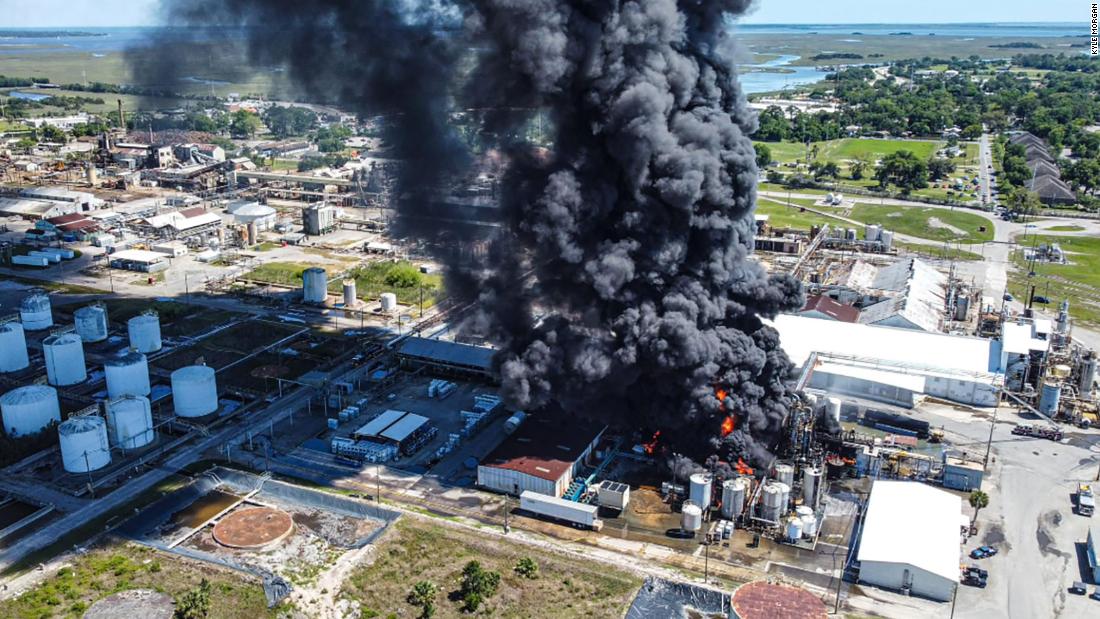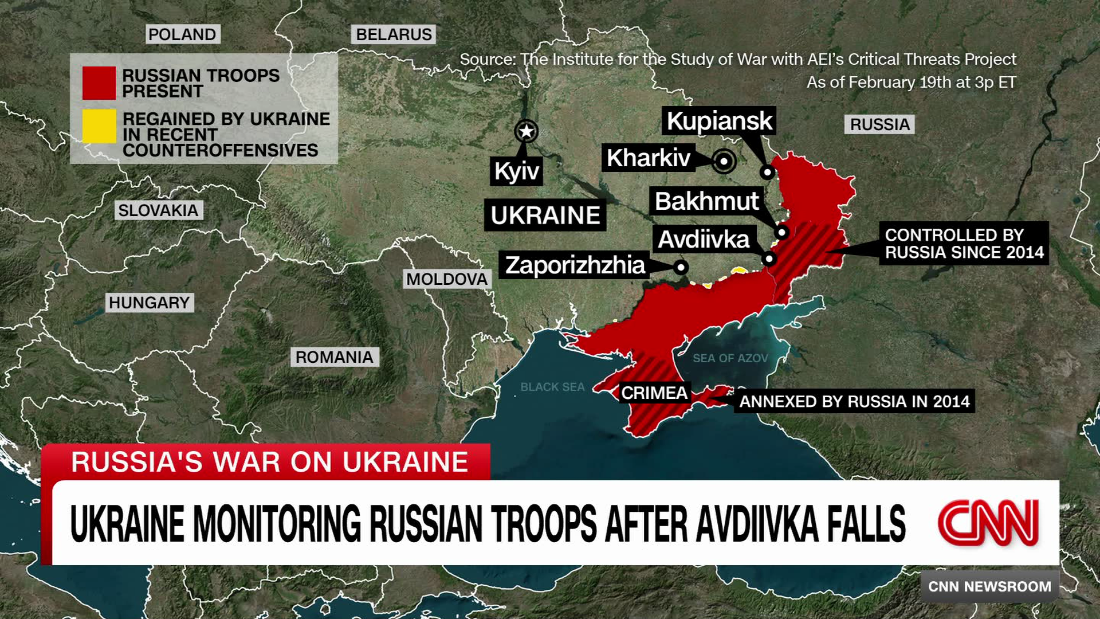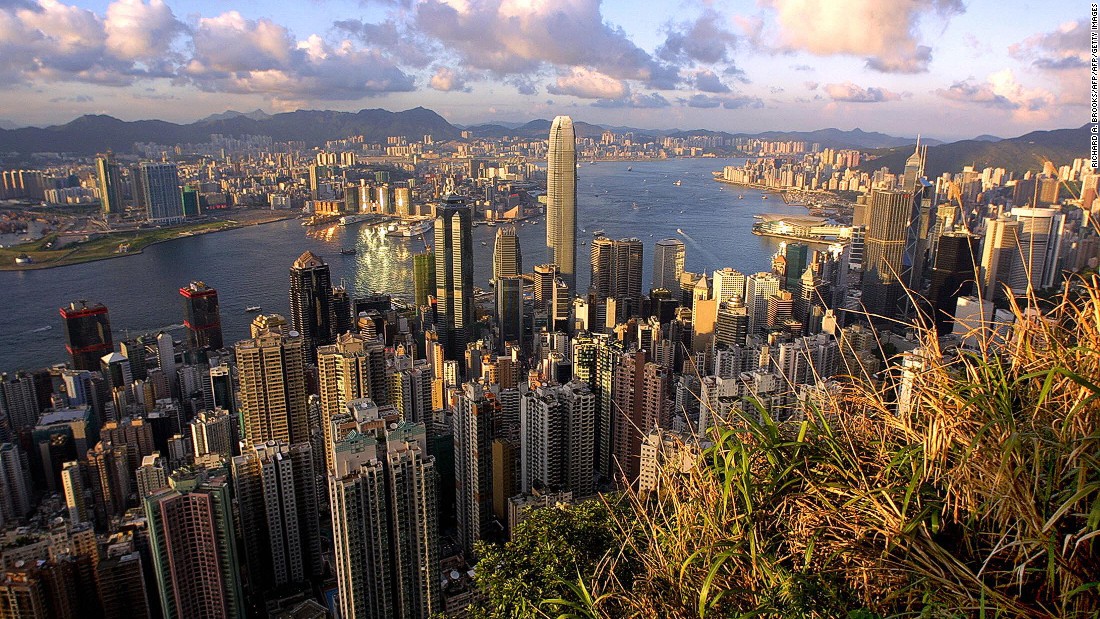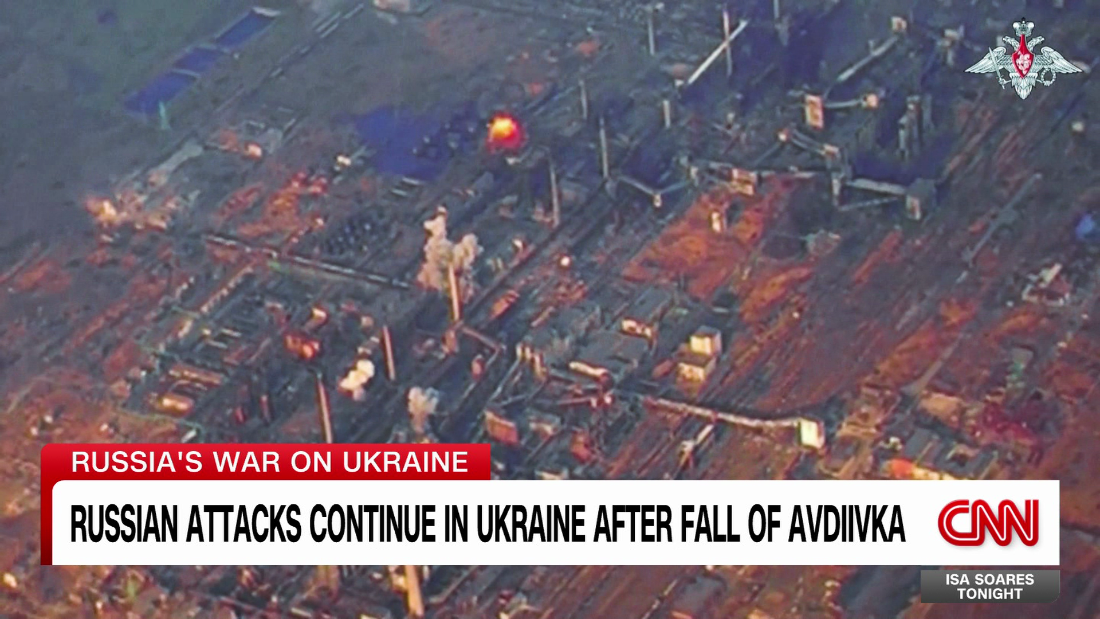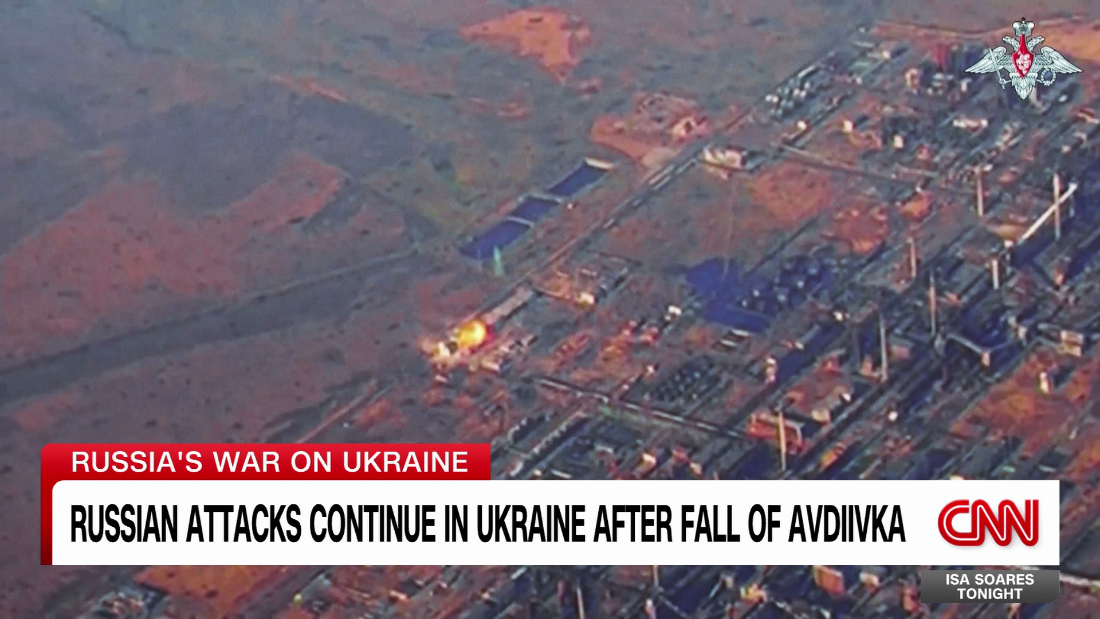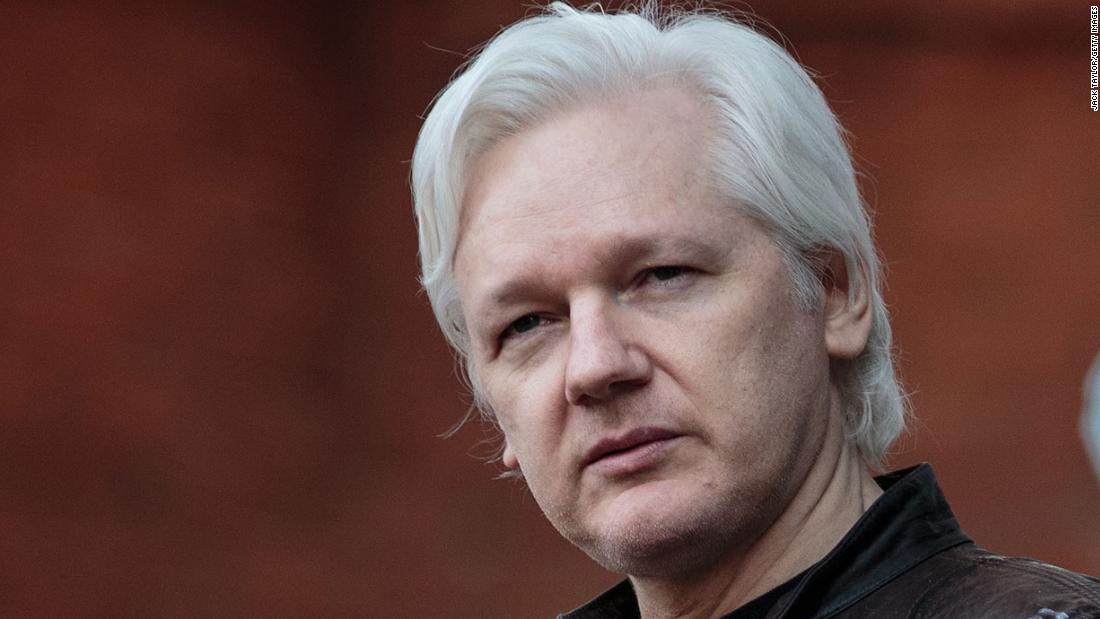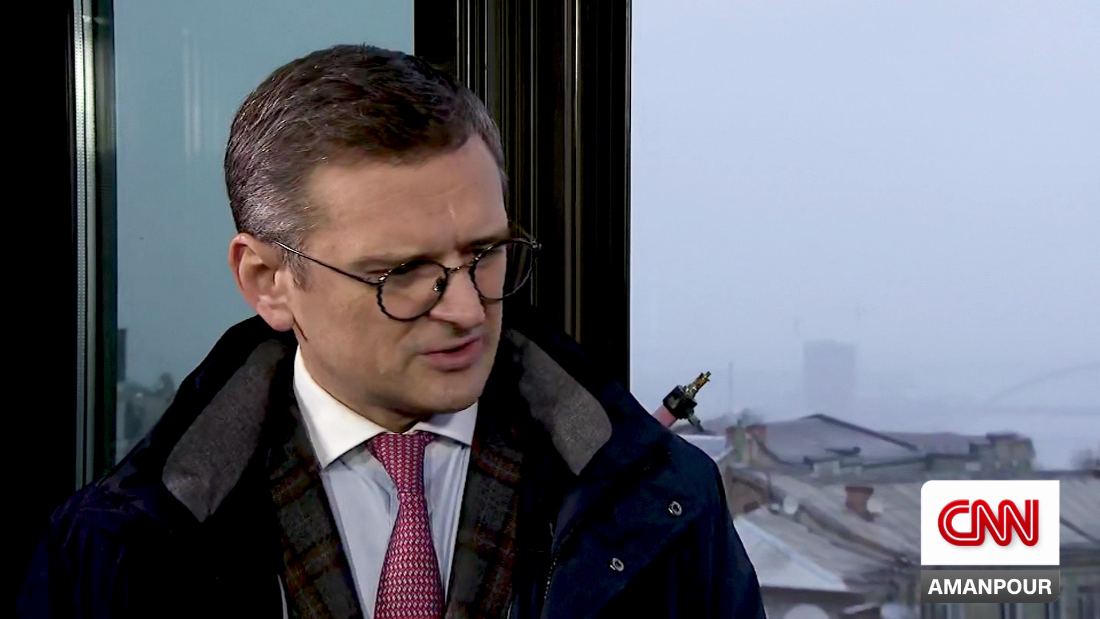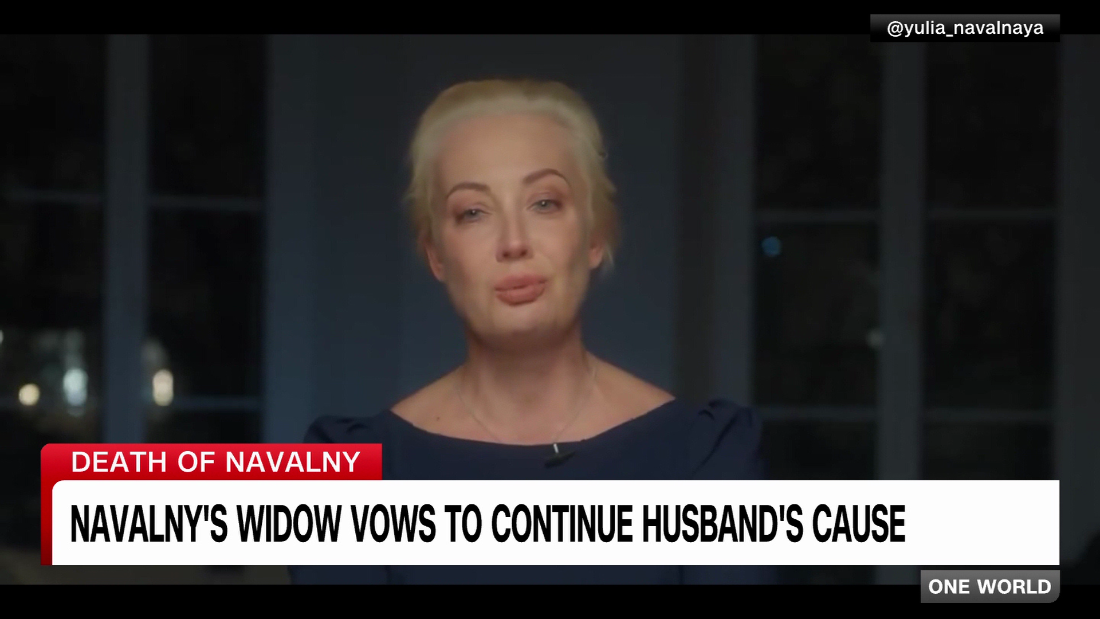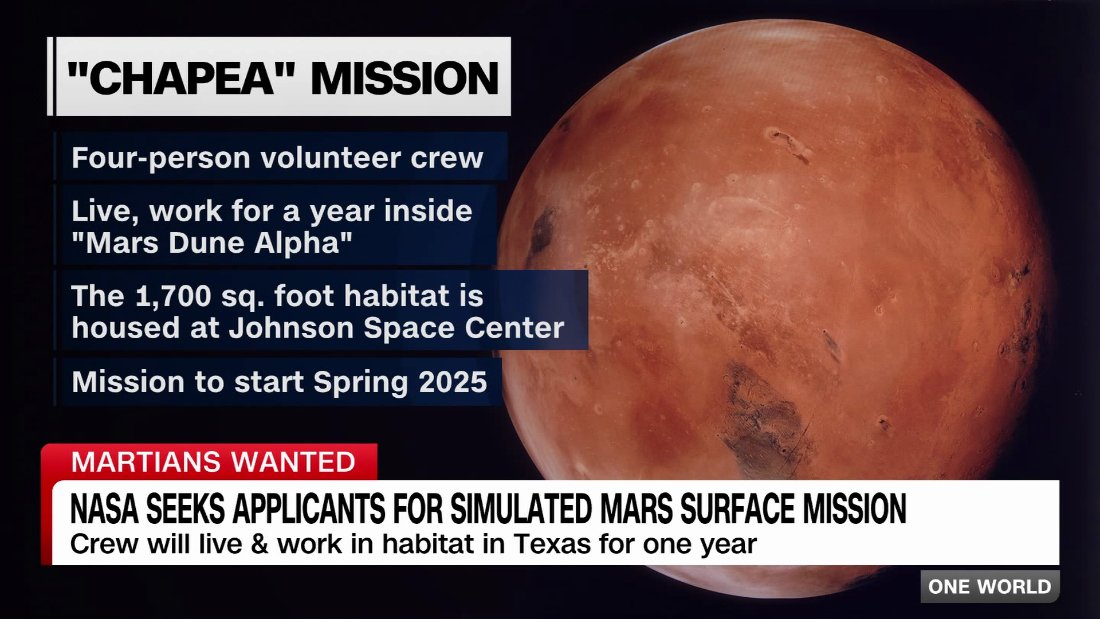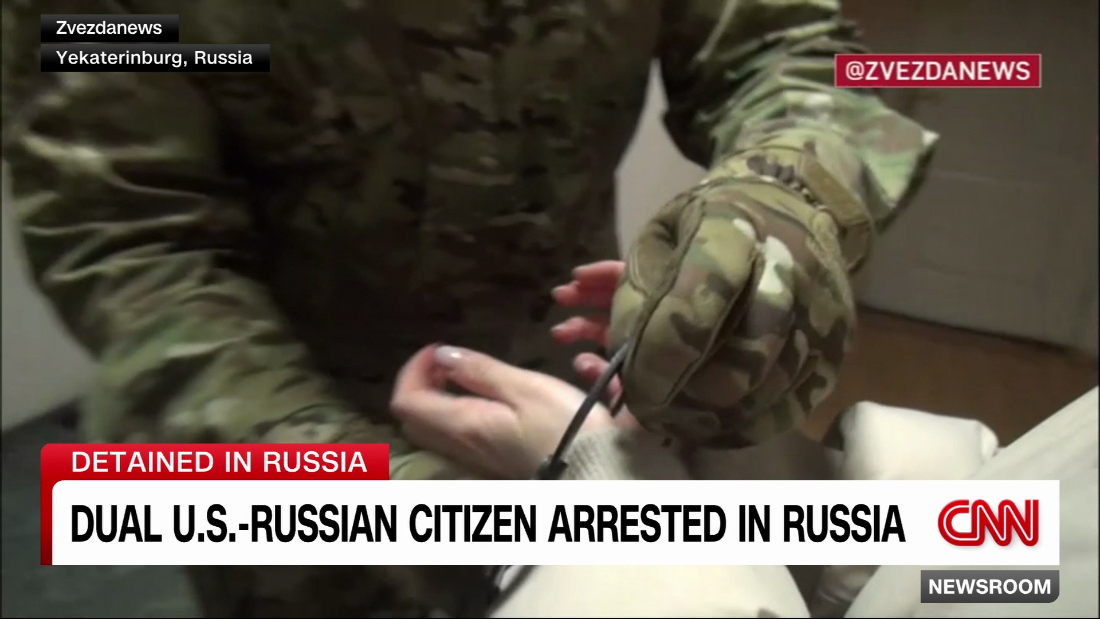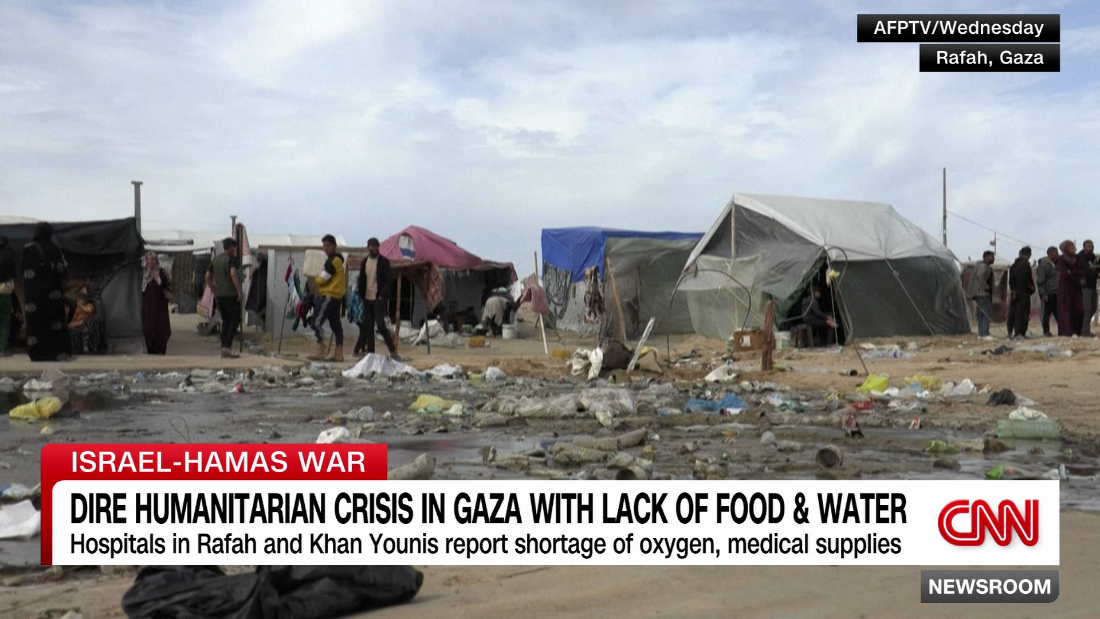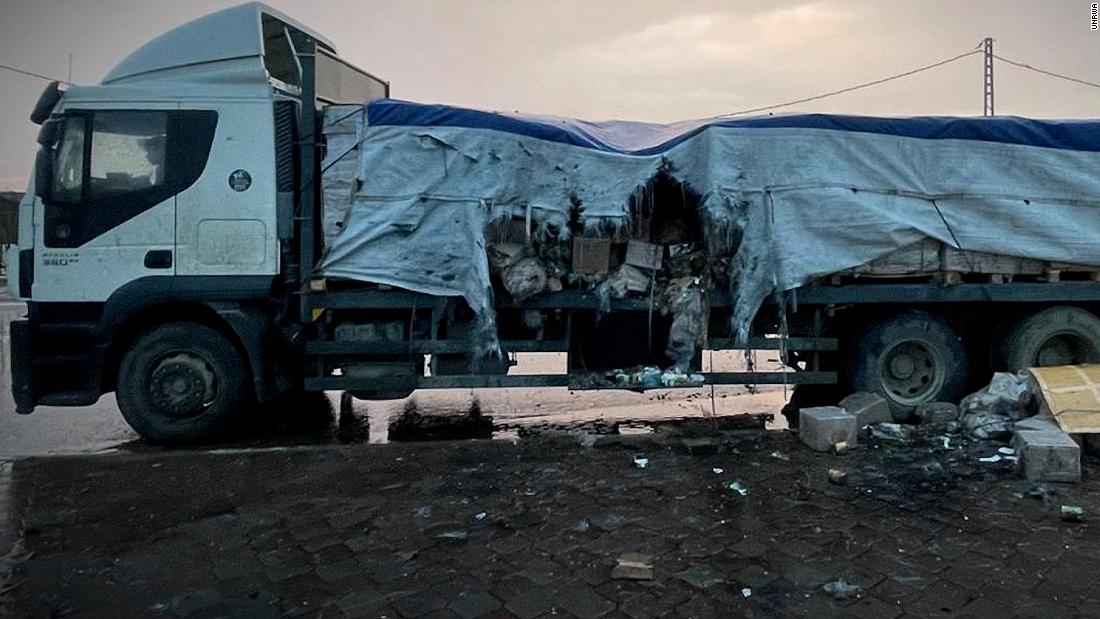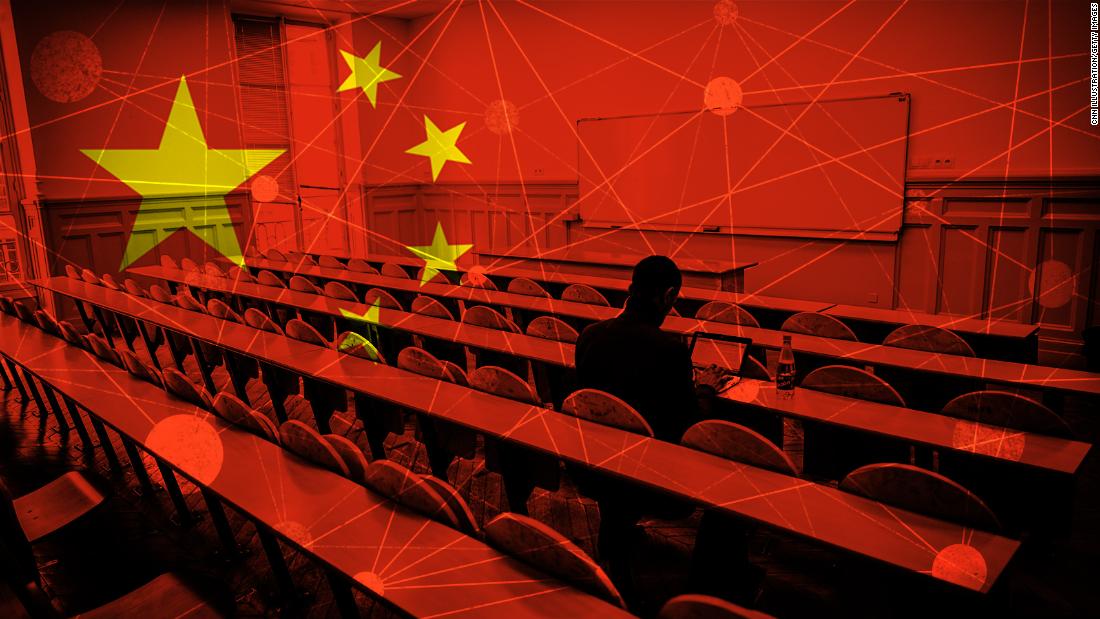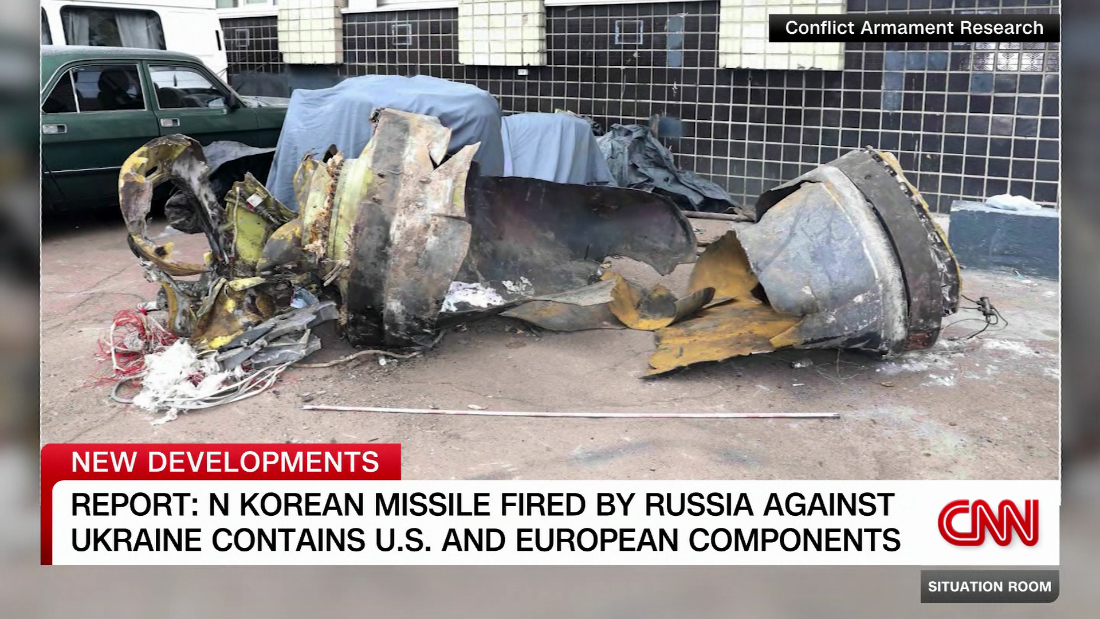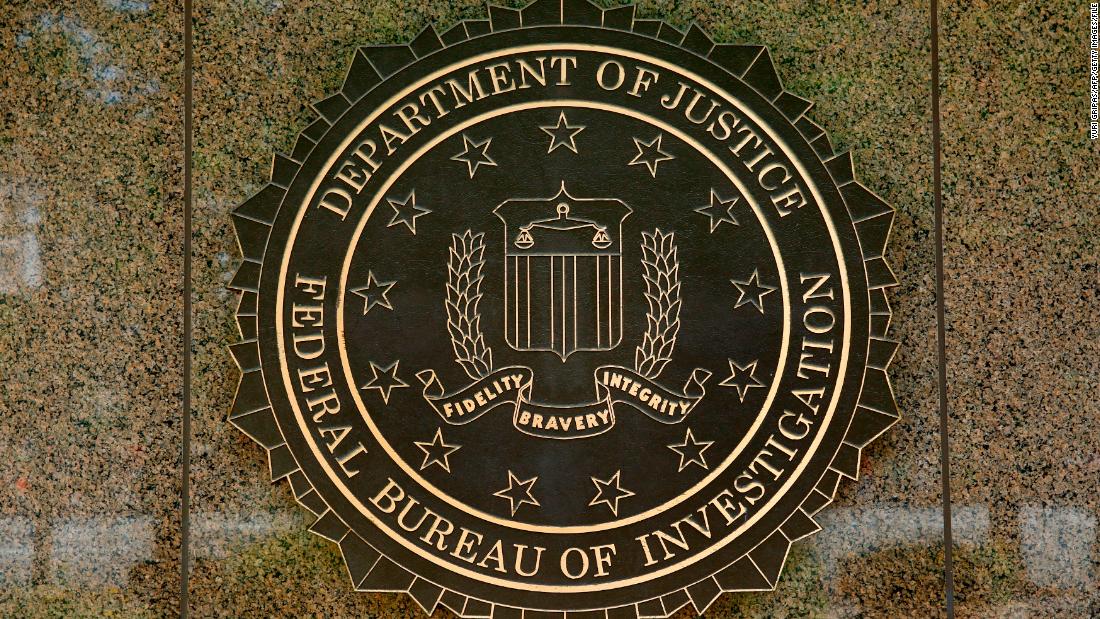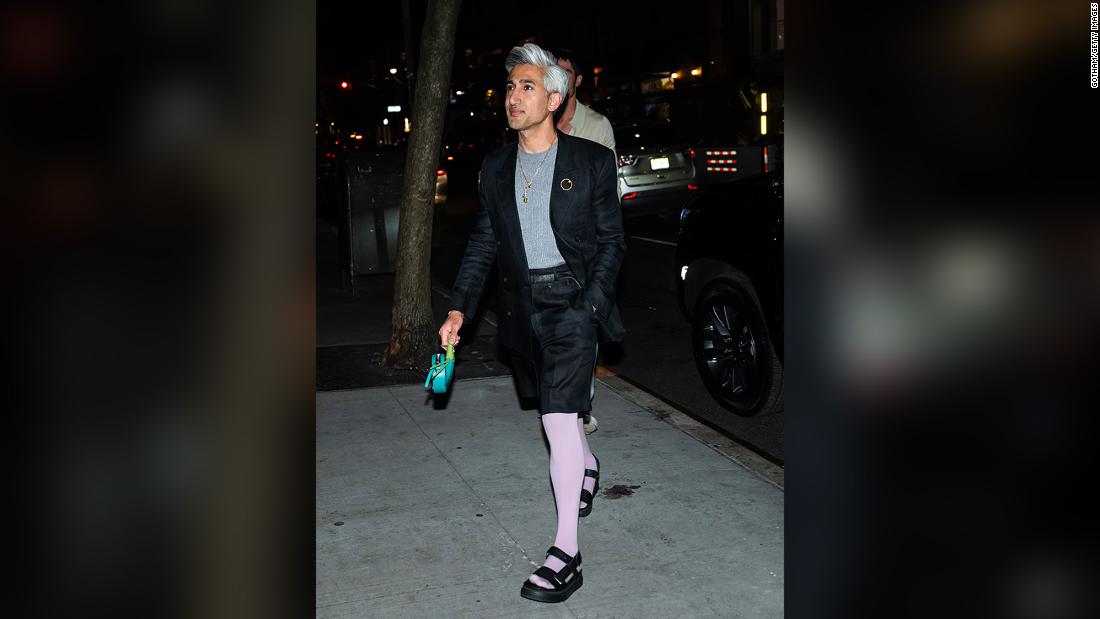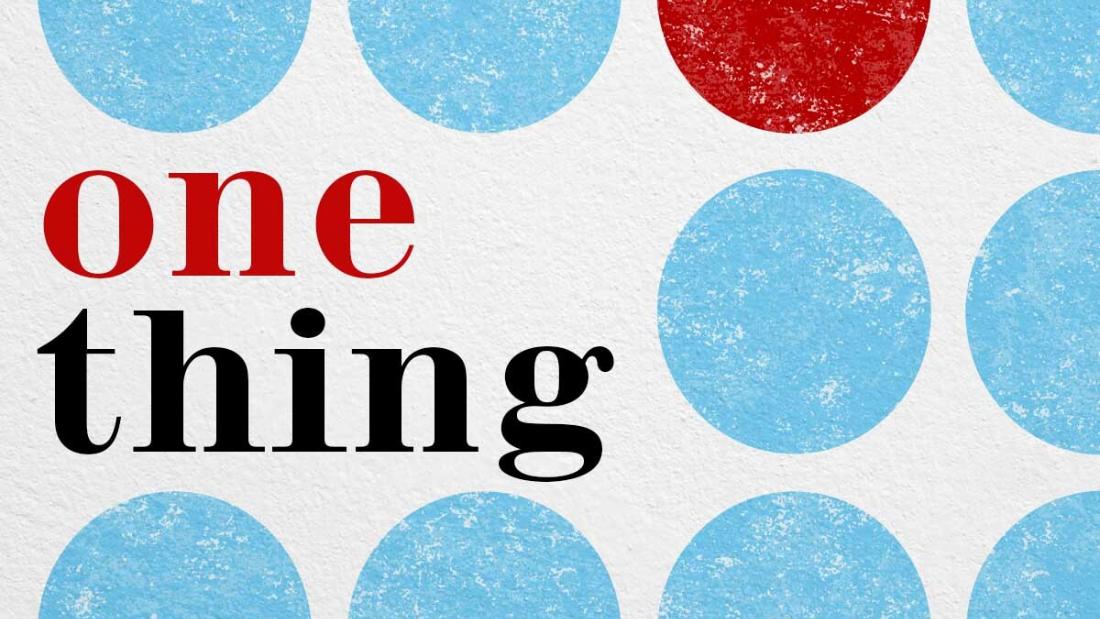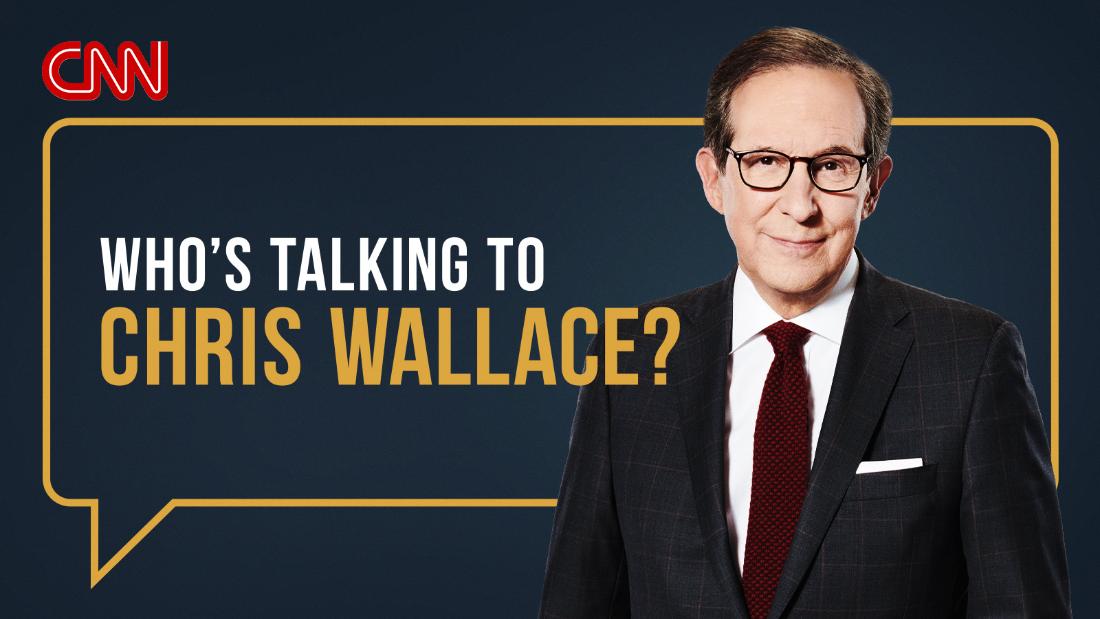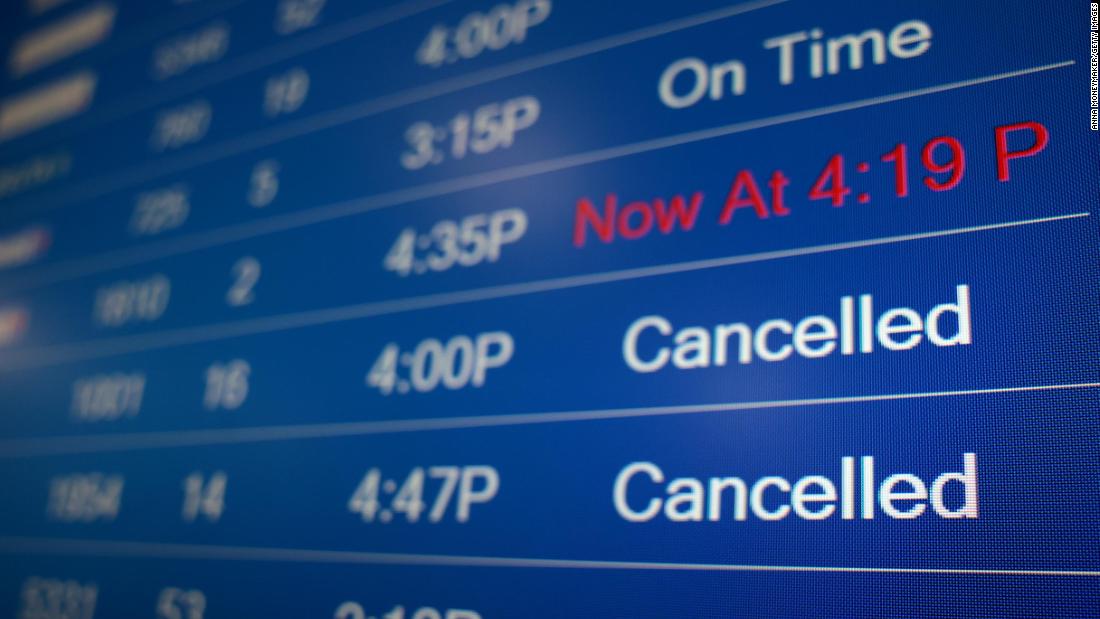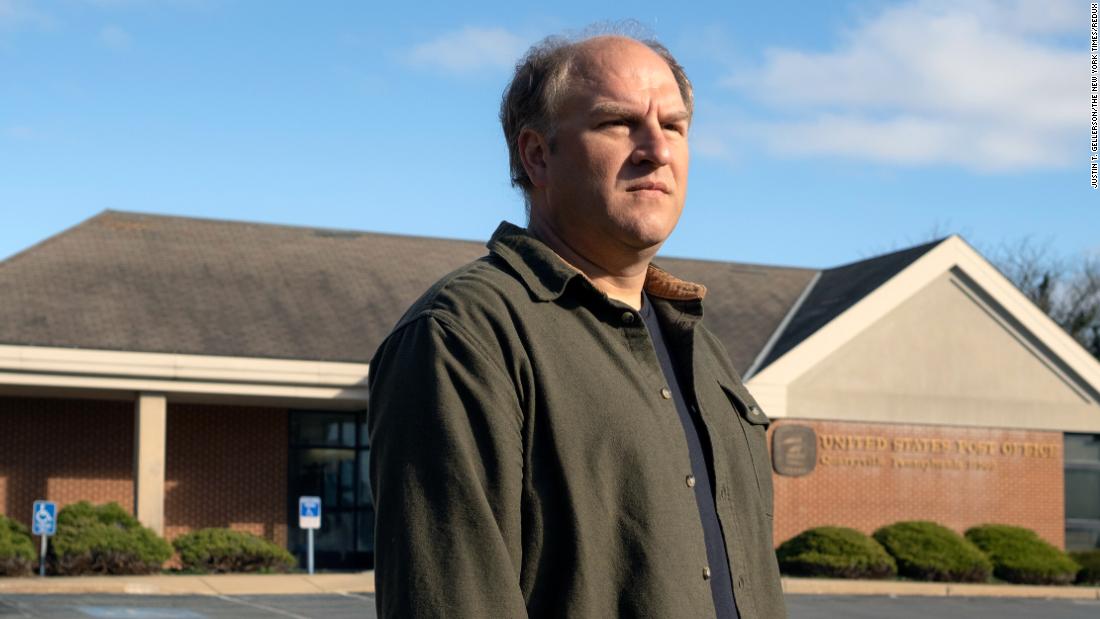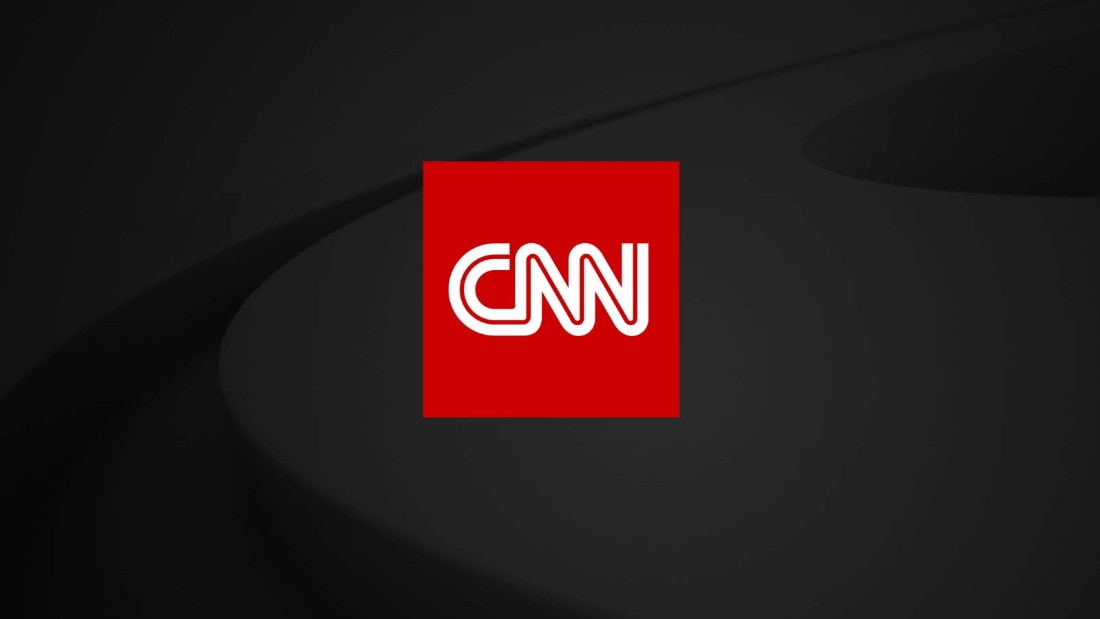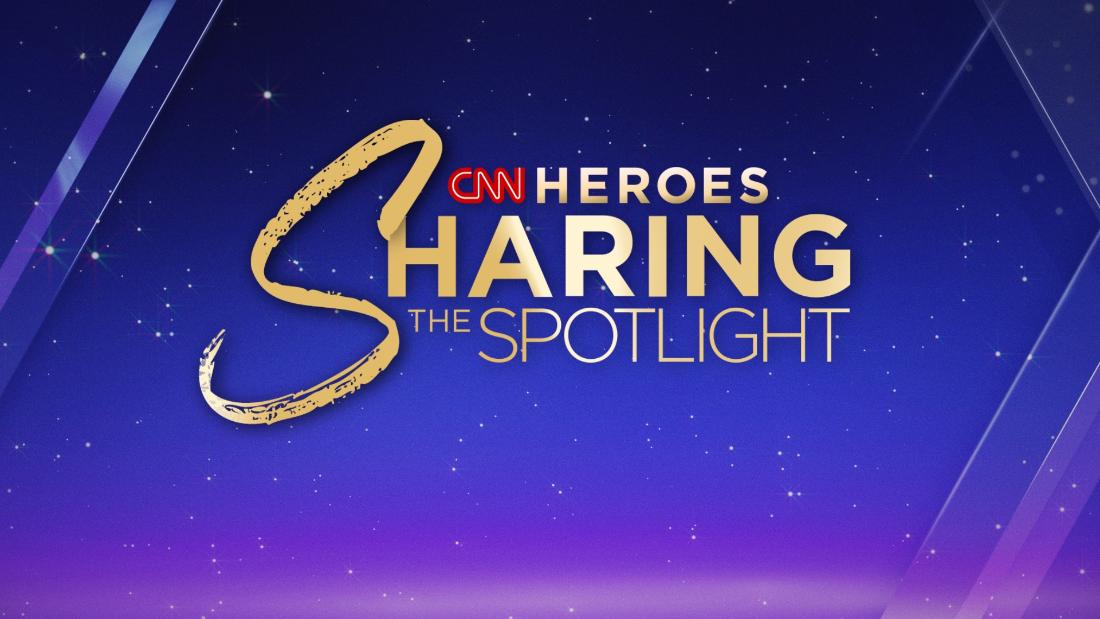DONALD Trump has declared an end to the trade war with China as he announced the two countries are honing in on a final deal.
He said his relationship with China’s President Xi Jinping is “excellent” after months of tit for tat tariff drama.
President Donald Trump said America struck a trade deal with ChinaReuters
Trump said his relationship with President of China Xi Jinping is ‘excellent’Getty
APChinese Vice Premier He Lifeng and US Treasury Secretary Scott Bessent met in London, England, to negotiate for two days[/caption]
In a Truth Social post on Wednesday, Trump said, “Our deal with China is done, subject to final approval with President Xi and me.”
The announcement came after two days of negotiations in London, England, between US Treasury Secretary Scott Bessent and Chinese Vice Premier He Lifeng.
Trump said, “Full magnet, and any necessary rare earths, will be supplied, up front, by China.
“Likewise, we will provide to China what was agreed to, including Chinese students using our colleges and universities (which has always been good with me!),” he said in the statement.
“We are getting a total of 55% tariffs, China is getting 10%. Relationship is excellent!”
Heated talks started to cool down after Trump announced that he had a “very good” phone call with Xi Jinping last week.
The president said he and Melania were invited to the rival nation, and they extended a reciprocal invitation to Jinping and his wife.
“We both accepted, so I will be going there with the first lady at a certain point,” Trump told reporters.
Trump forced the world into an overnight scramble when he announced sweeping 10% tariffs on nearly every country in the world on April 2.
He doubled down on the pressure when he revealed his plans to impose massive reciprocal tariffs, which he said would match the taxes that American manufacturers have been paying.
China, the world’s largest manufacturer, was one of the hardest hit as the country relies on American consumers to buy electronics, toys, and many other Chinese goods.
Xi Jinping was quick to announce revenge tariffs following Trump’s so-called Liberation Day, leading America to impose a bruising 145% fee.
But since last month, US tariffs on China have been lowered to 30%, and China has reduced tariffs on US imports from 125% to 10%.
Trump hasn’t visited China since 2017, when he met with Xi Jinping during his first presidency.
He’s boasted about having a strong relationship with the world superpower in his first term, and has voiced his confidence in restoring relations during his final four years.
President Joe Biden never once visited the rival nation during his four years in office.
Getty – ContributorTrump and Xi Jinping met once in 2017, and they plan to meet up again soon[/caption]
TENSIONS COOL
One month ago, China and the US agreed to a 90-day tariff pause for negotiations, but officials spent the first weeks of the break driving a wedge over heated issues.
Leaders hotly debated visas for Chinese students at American universities, rare earth minerals carmakers use, and semiconductors that power artificial intelligence.
Trump has insisted that his motivation for starting the war is to put money back into America’s pocket and boost US manufacturing.
He said he wants to “open up China” to import more US goods.
“If we don’t open up China, maybe we won’t do anything,” he previously warned while speaking at the White House.
“But we want to open up China.”
Why has Trump hit China, Canada, and Mexico with tariffs?
DONALD Trump has imposed 10% tariffs on Chinese imports and Beijing has retaliated. Trump also hit Canada and Mexico with 25% tariffs, but walked back many of them on March 6
China:
Trump believes China has not done enough to stop the production of chemicals used to make the drug fentanyl.
China has slammed Trump for the claim and described fentanyl as America’s problem.
The country also said the tariffs are a “serious violation” of the World Trade Organization rules.
China is filing a lawsuit with the WTO against the US for “wrongful practice.”
China serves as a major supplier of auto parts to the US.
Phones, computers, and other key electronic devices were also in the top imports from China last year, according to Commerce Department data.
In 2023, the US imported around $427 billion worth of products from China, according to the US Census Bureau.
Data reveals that 78% of all smartphones imported from the US came from China.
Trump’s tariff threat has sparked fears of price rises for fashion items and toys.
Beijing has responded by outlining its own tariffs on American goods, sparking fears of an all-out trade war between the two superpowers.
Canada:
Trump ignited a trade war with Canada and Mexico during his first days in office as part of a campaign promise to stop the flow of fentanyl and illegal immigrants into the United States.
He said both countries had not done enough to halt the drug flow and the mass influx of migrants from reaching US soil.
A total of 59 pounds of fentanyl was seized at the northern border by US agents between 2022 and 2024, according to the Canadian government.
Meanwhile, almost 62,000 pounds of the drug was seized at the southern border.
The 25% tariffs Trump proposed on Canadian goods were destined to come into force on March 4.
Canada responded with a 25% tariff on $155 billion of American imports.
On March 6, Trump warned the 25% tariff on steel and aluminium would come into force on March 12.
Ontario Premier Doug Ford responded with a 25% surcharge on electricity exported to Michigan, Minnesota, and New York.
Trump then threatened to double the 25% tariff to 50%.
The Ontario premier warned that he “will not hesitate to increase” the levies or completely shut off power to the three US northeastern states.
Both sides then agreed to talk and toned down their threat.
Ford then paused the electricity surcharge.
Mexico:
Mexico has managed to twice postpone Trump’s tariffs on Mexican goods.
On February 1, Trump signed an executive order to impose tariffs on imports from Canada, Mexico, and China.
But, on February 3, Trump agreed to pause the levies against Canada and Mexico after the countries took steps to appease Trump’s concerns on border security and drug trafficking.
Trump then threatened that the 25% tariffs would come into force on March 4.
Two days later, Trump announced a delay on most goods covered under the US-Mexico-Canada Agreement.
Trump credited Mexican President Claudia Sheinbaum’s progress on border security and drug smuggling as a reason for the pause on the levies.
The Mexican Navy has seized thousands of kilograms of drugs from criminal gangs.
Sheinbaum promised to deploy 10,000 extra troops to the Mexico-US border.
Still, Trump has maintained that on April 2, the US will begin imposing reciprocal tariffs on all its trading partners, including Mexico.
More to follow… For the latest news on this story, keep checking back at The U.S. Sun, your go-to destination for the best celebrity news, sports news, real-life stories, jaw-dropping pictures, and must-see videos.
Like us on Facebook at TheSunUS and follow us on X at @TheUSSun
Published: [#item_custom_pubDate]













